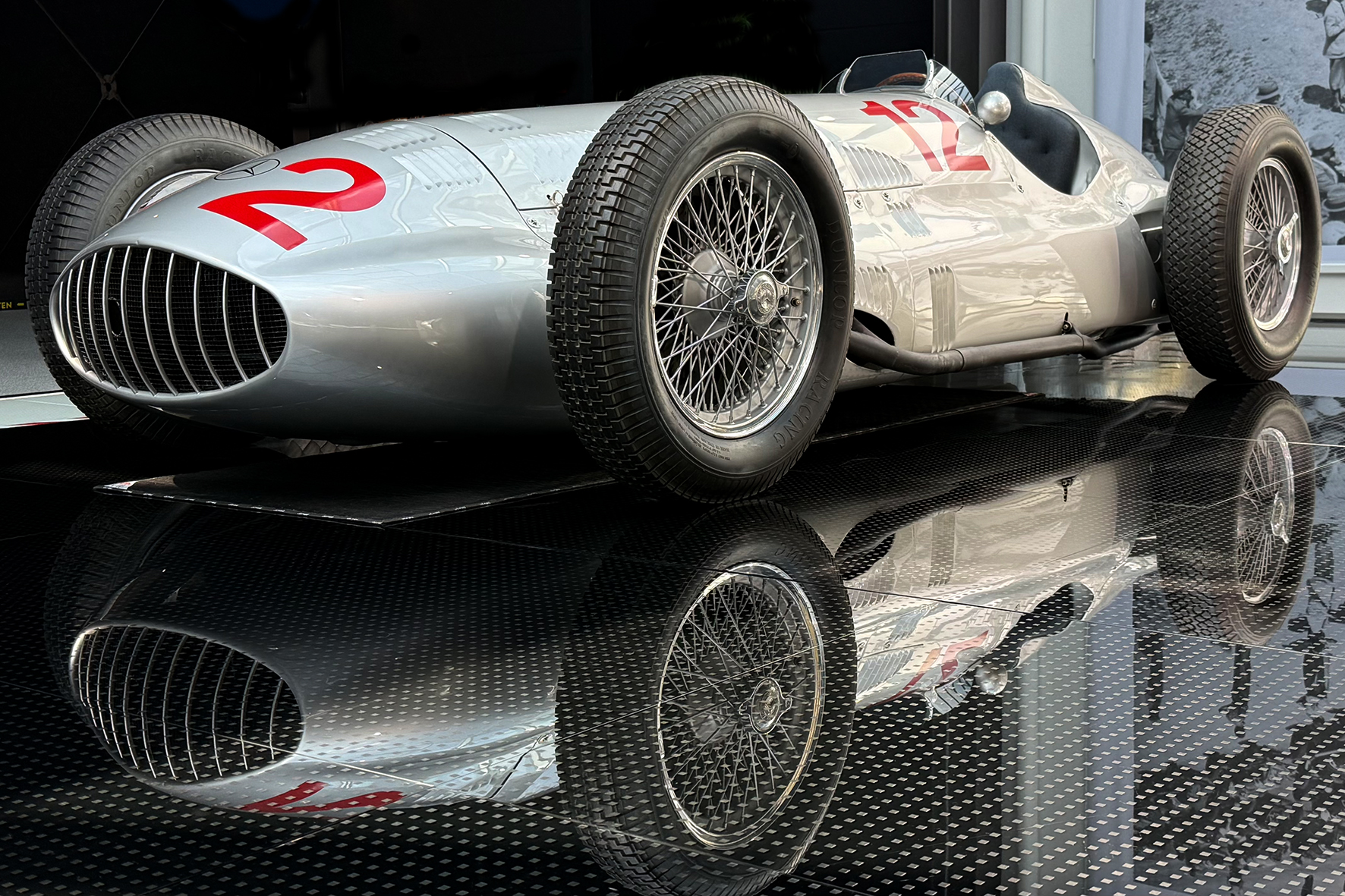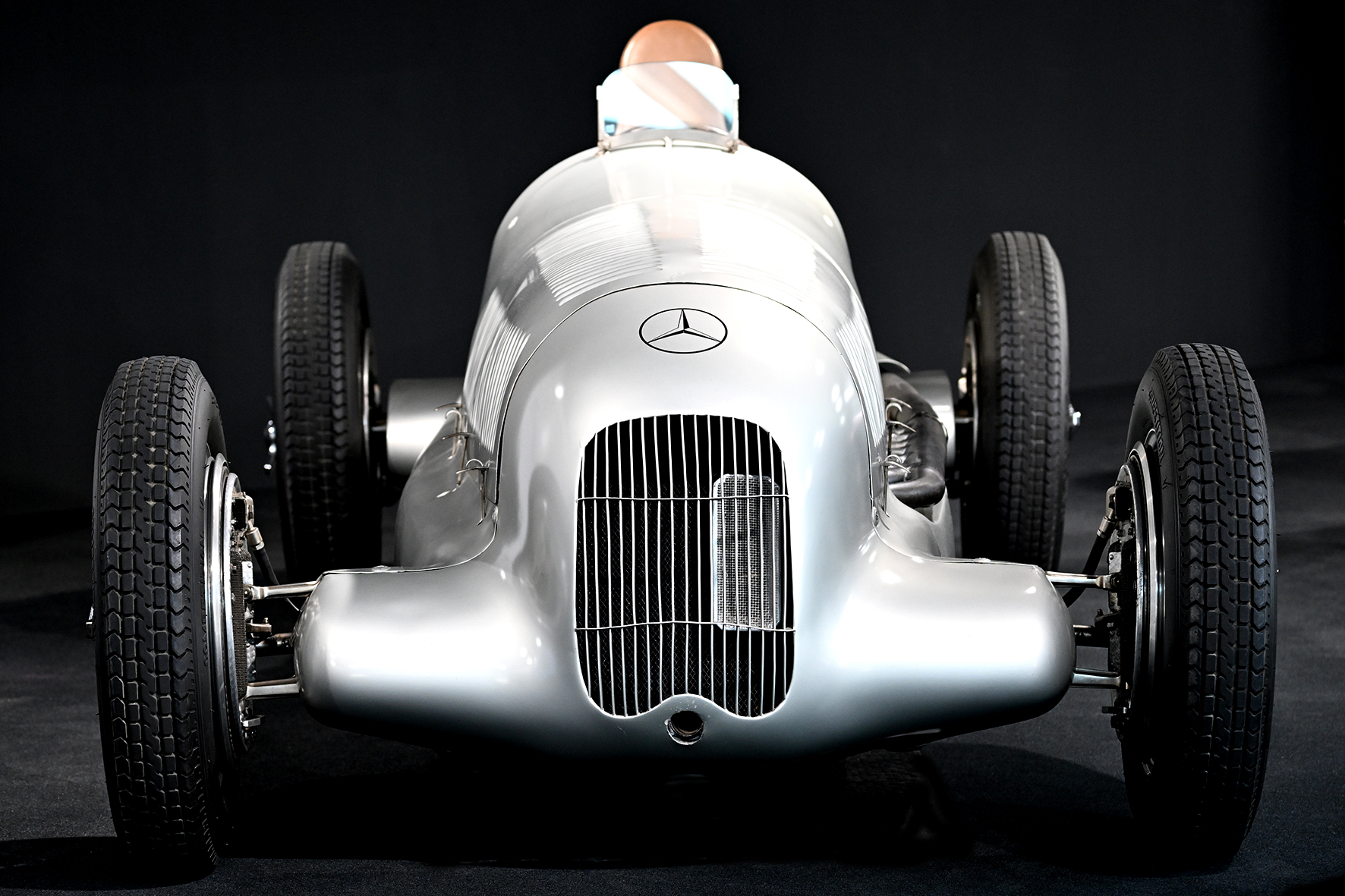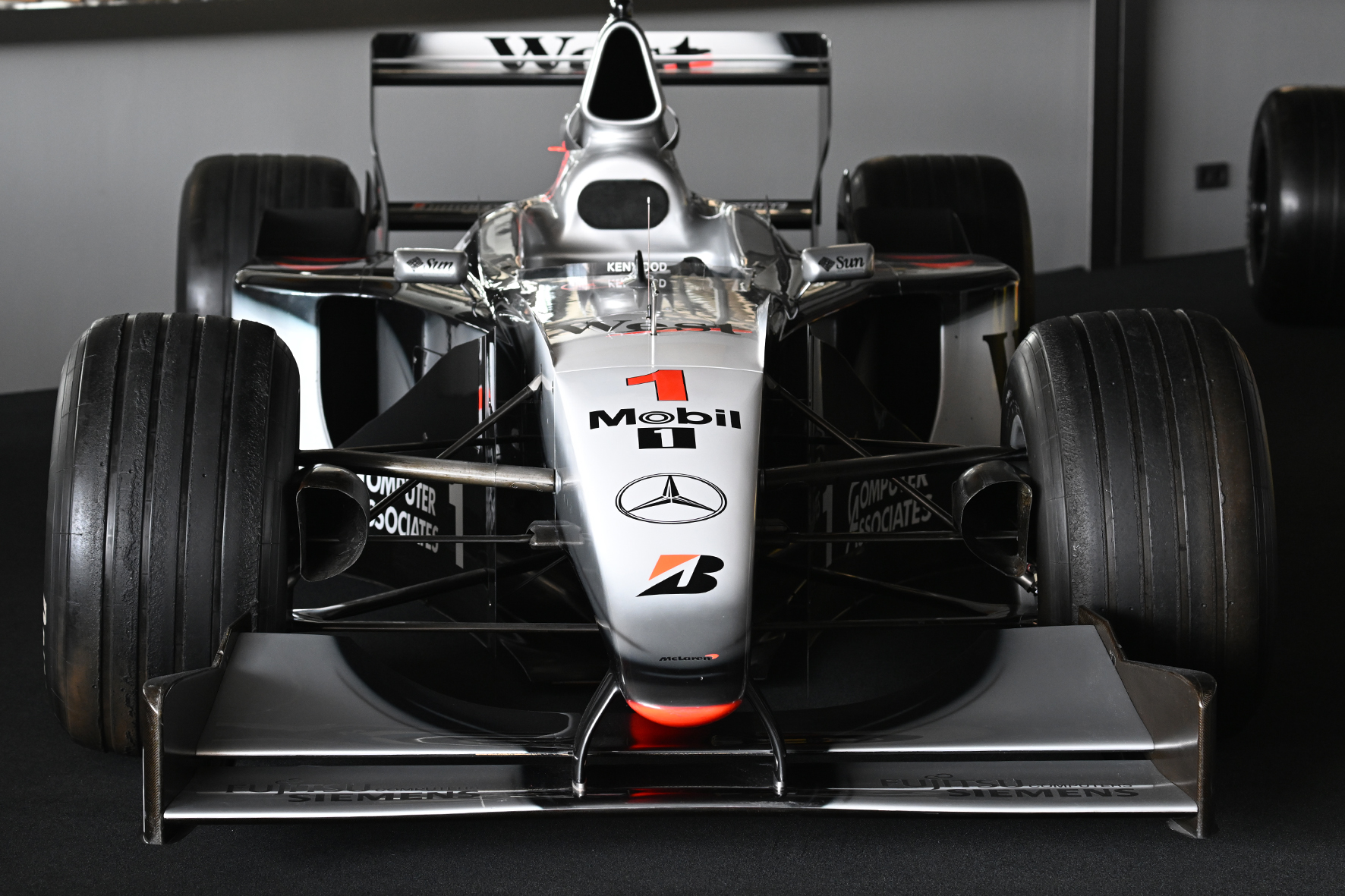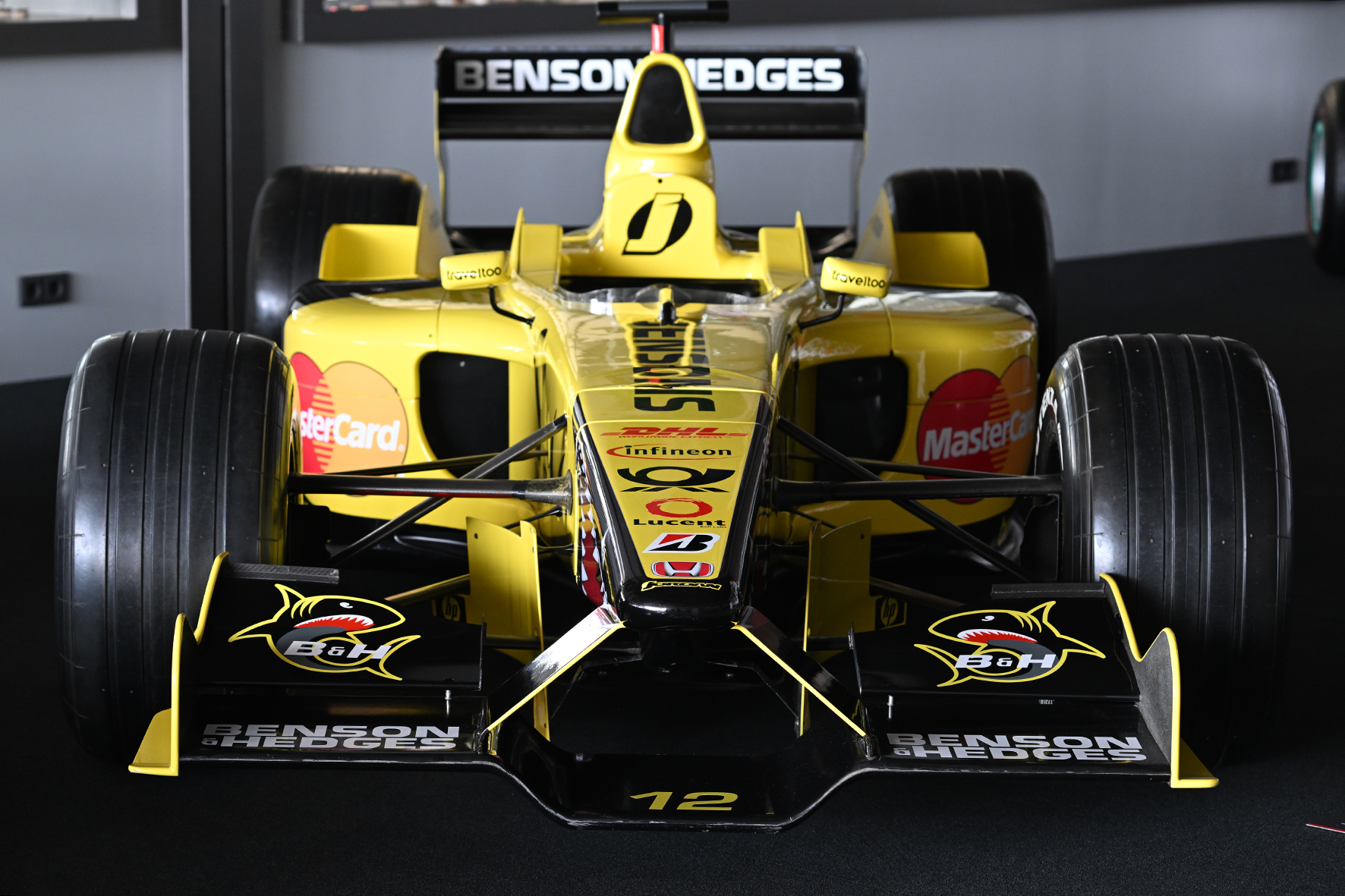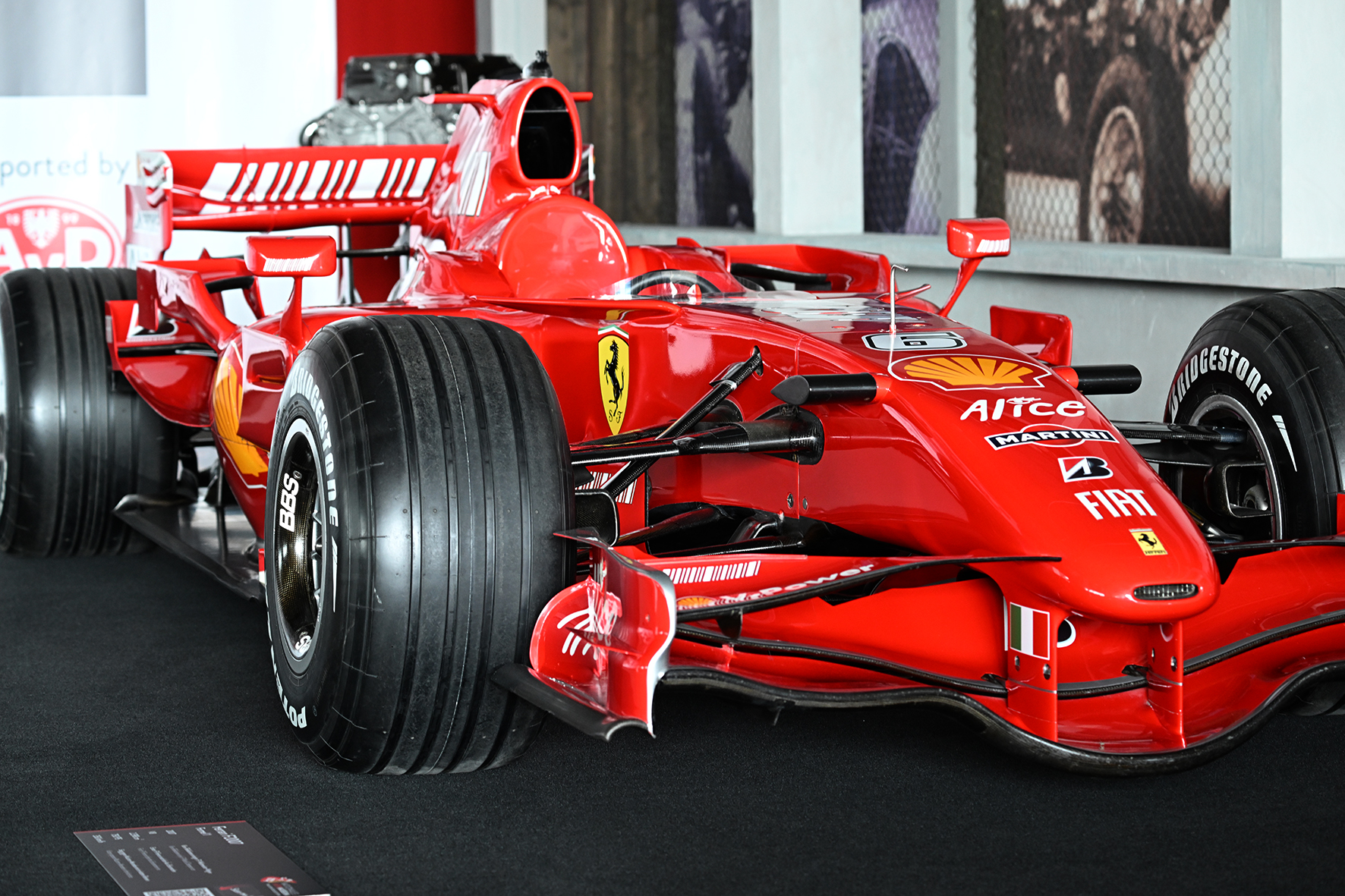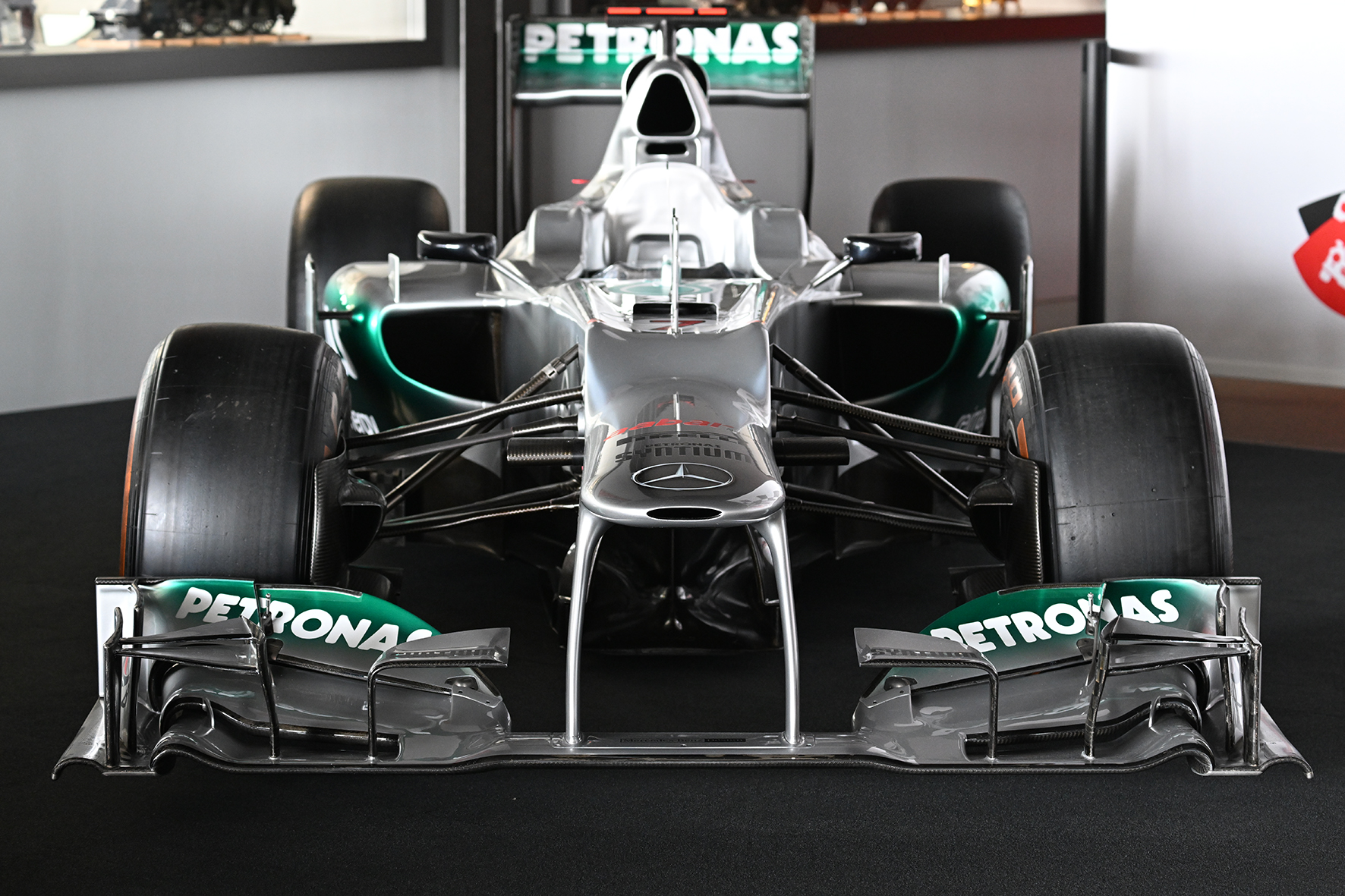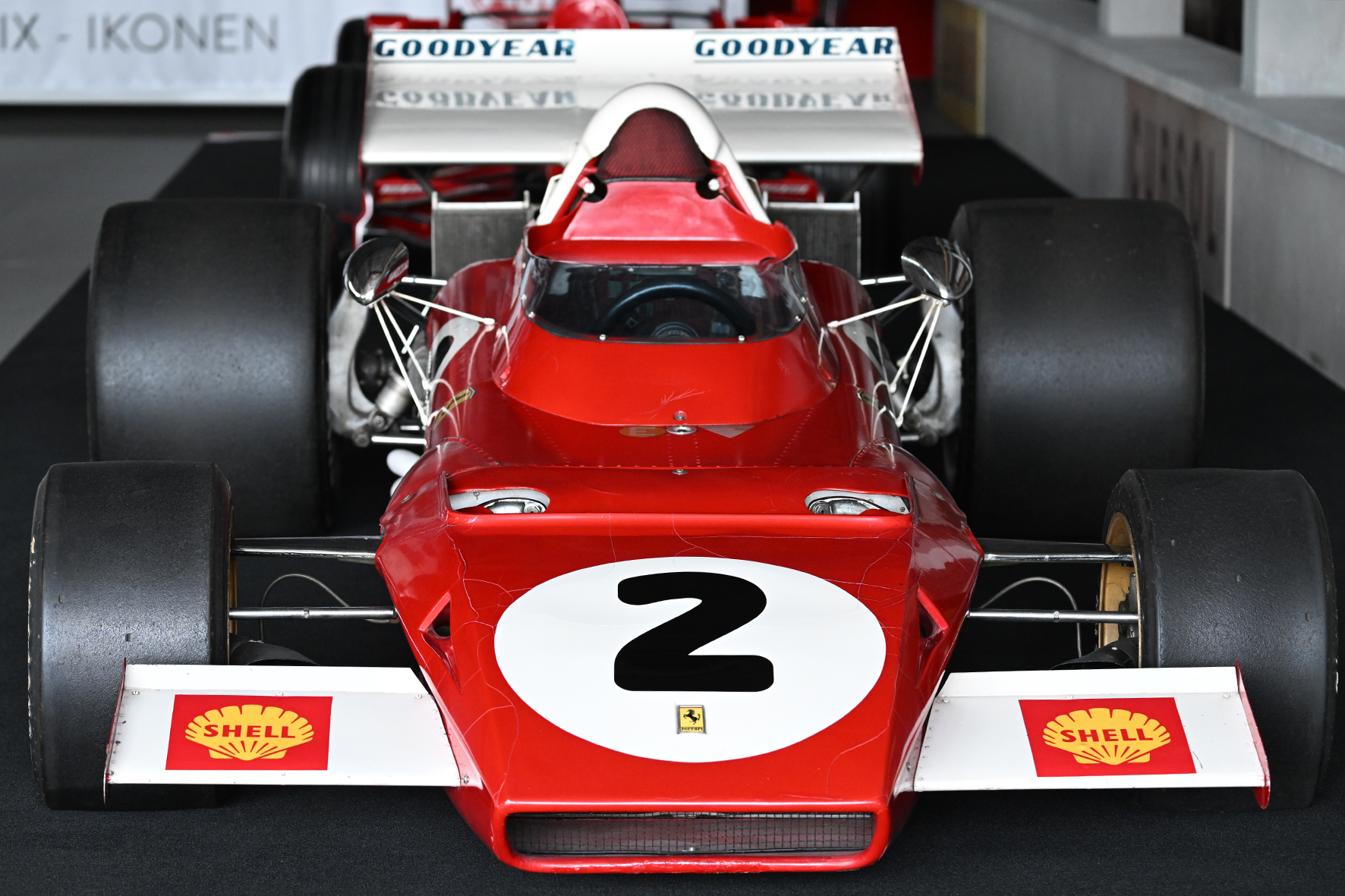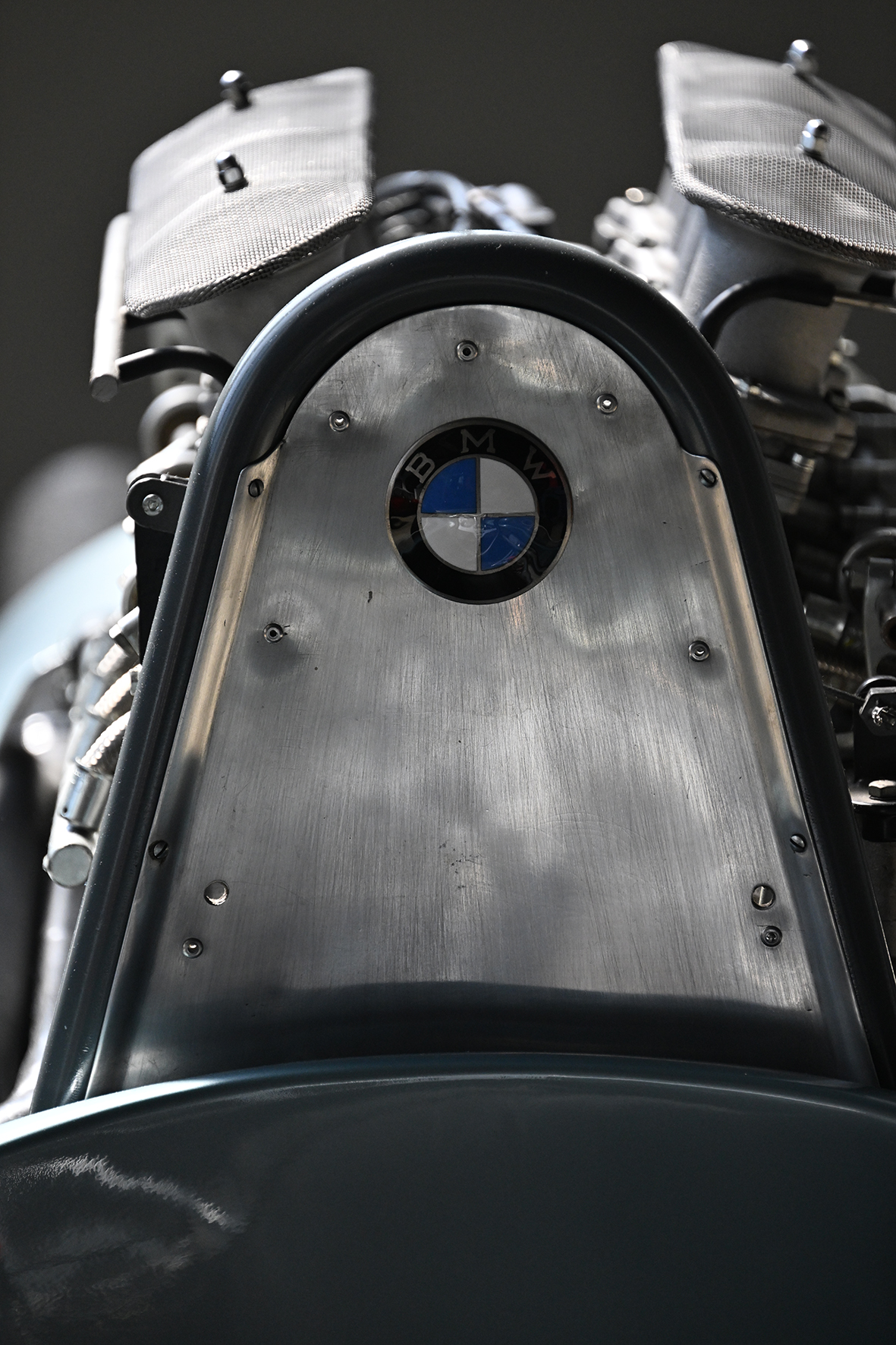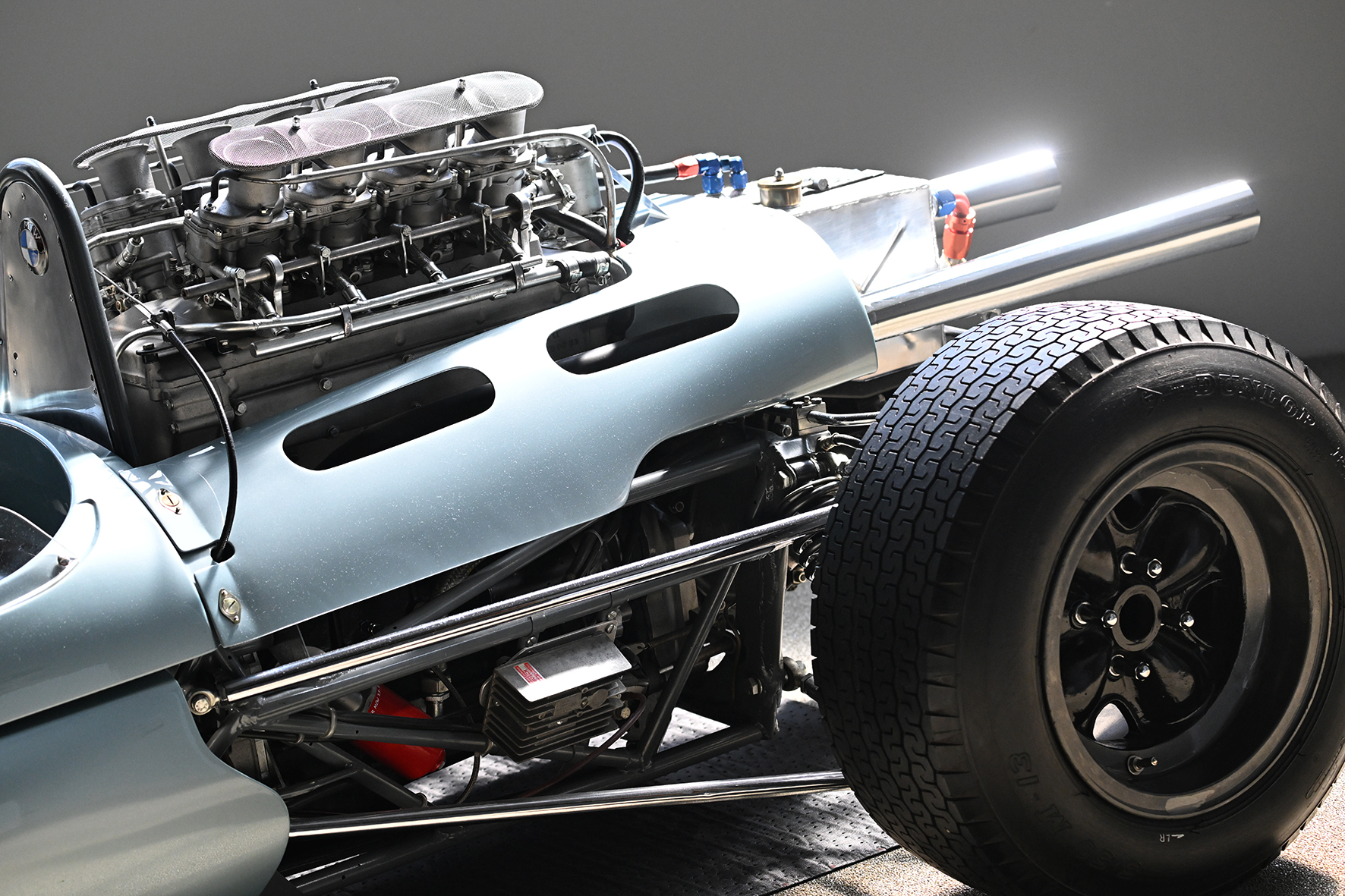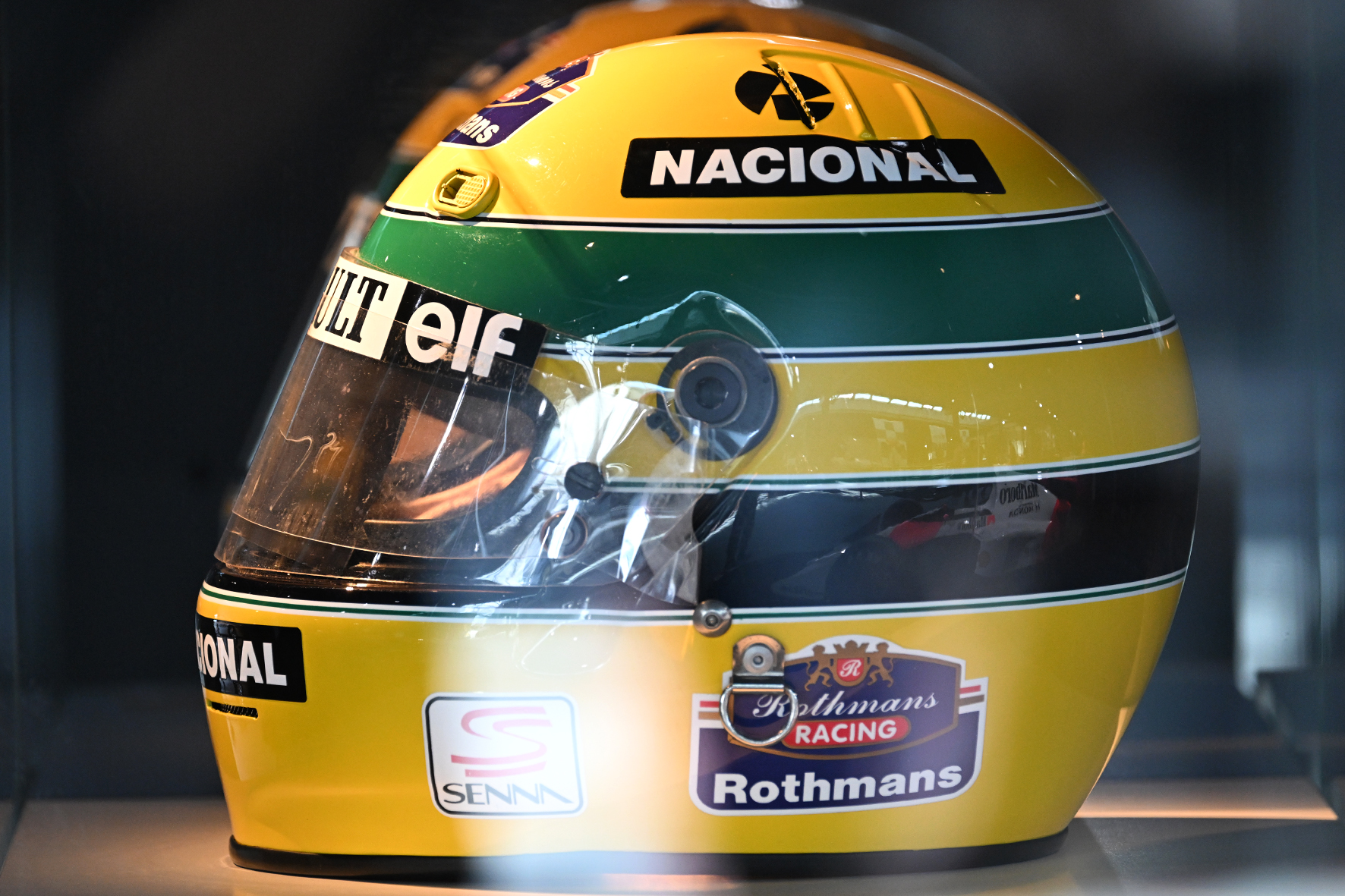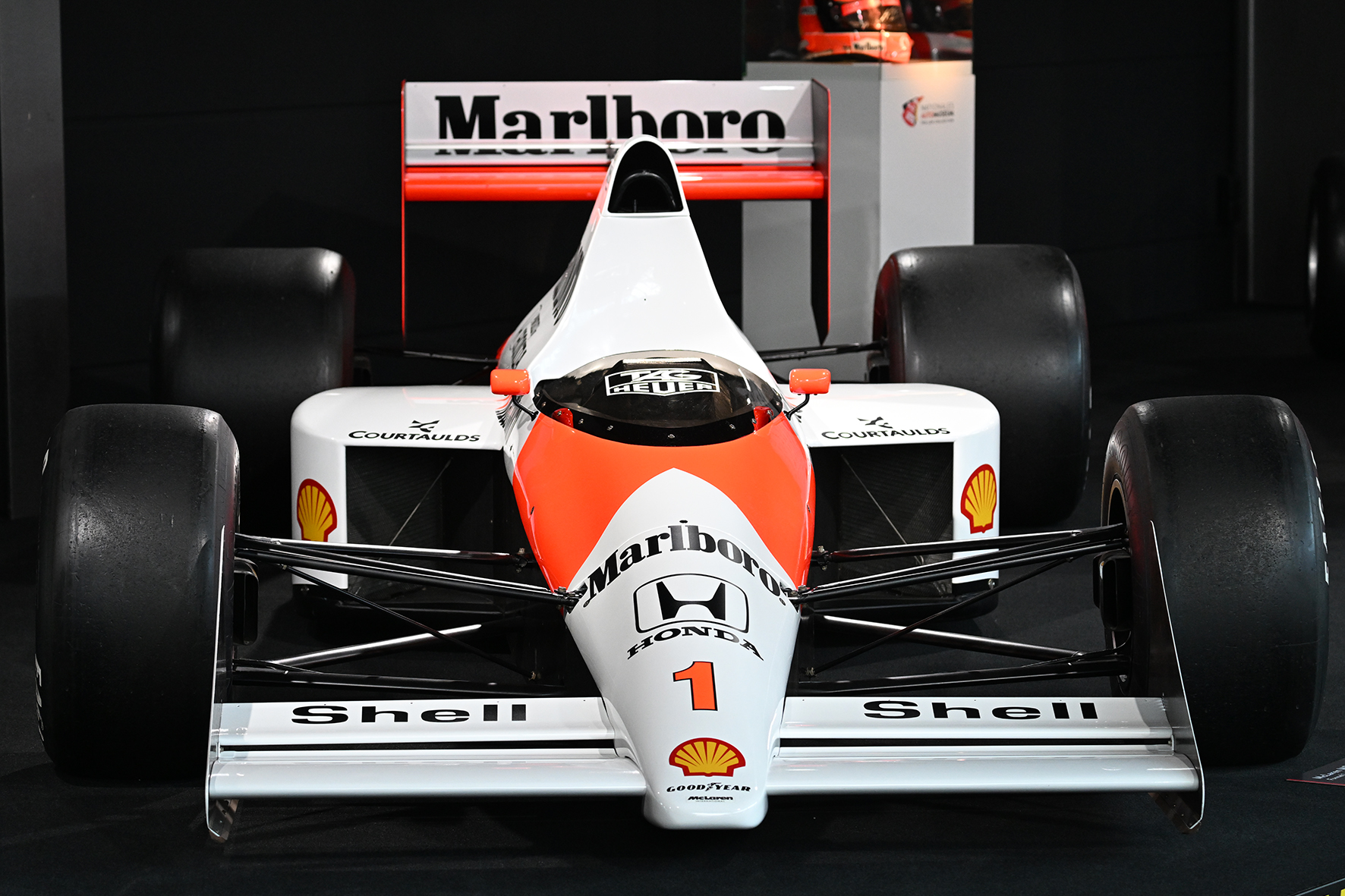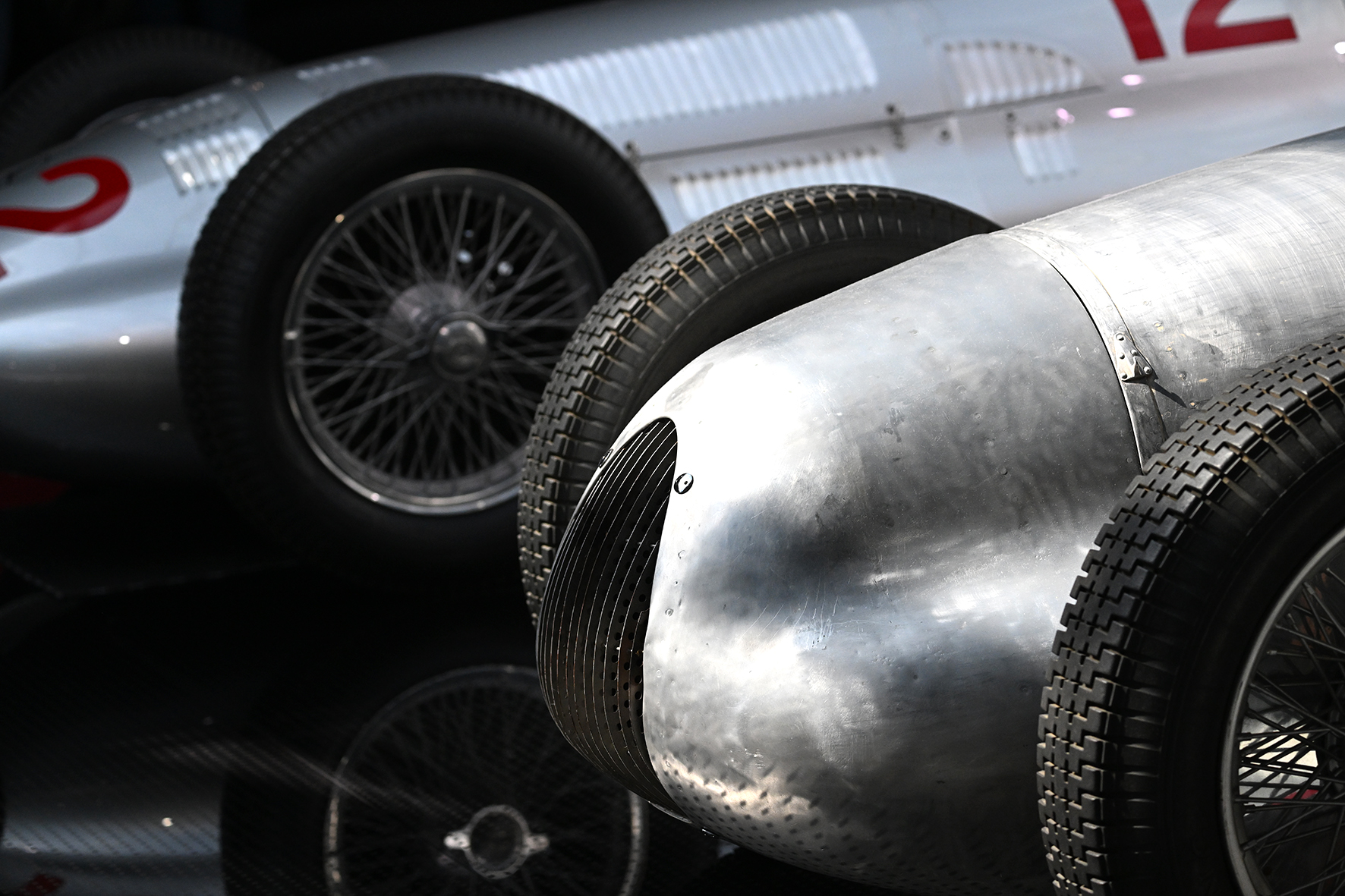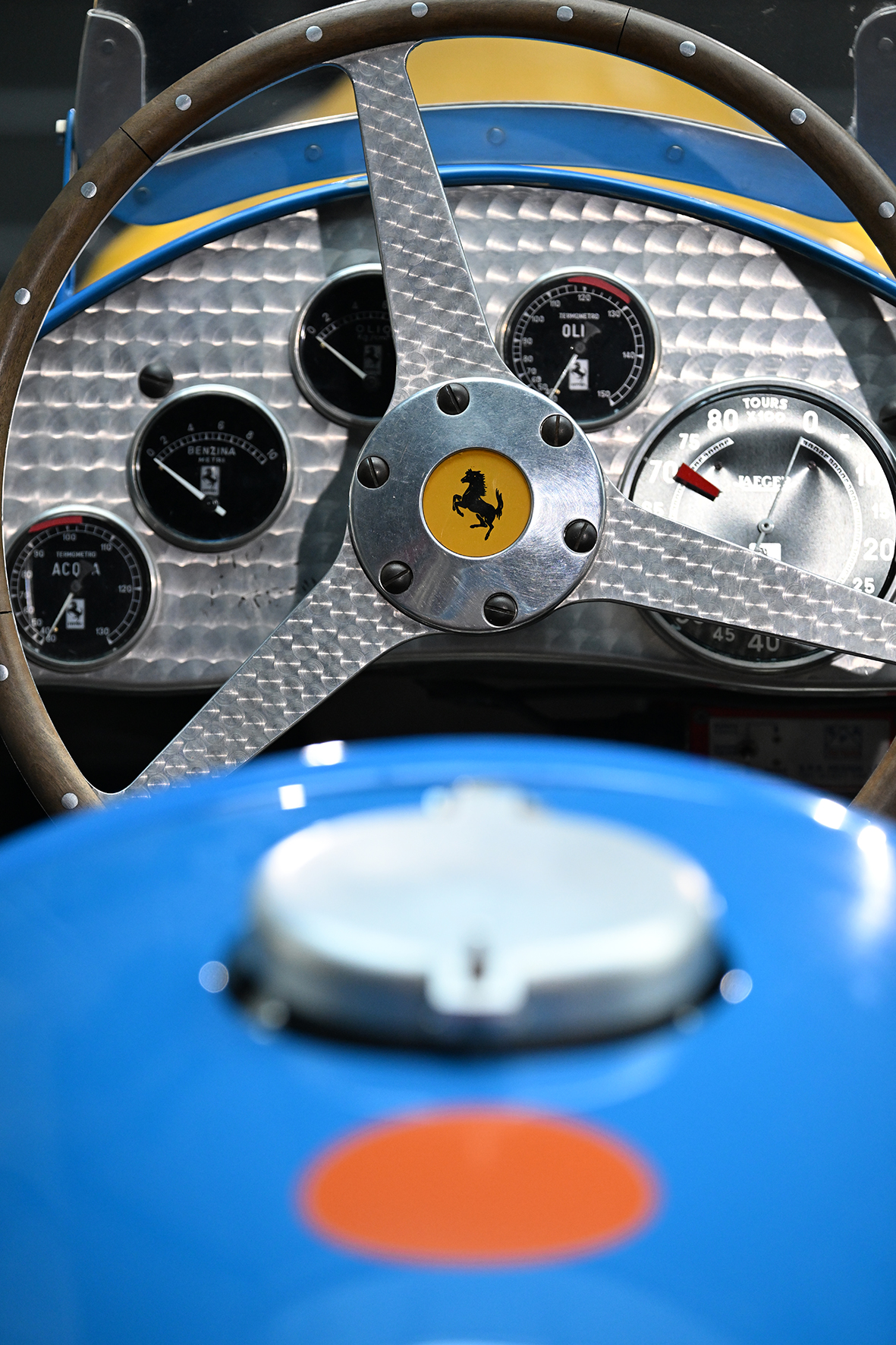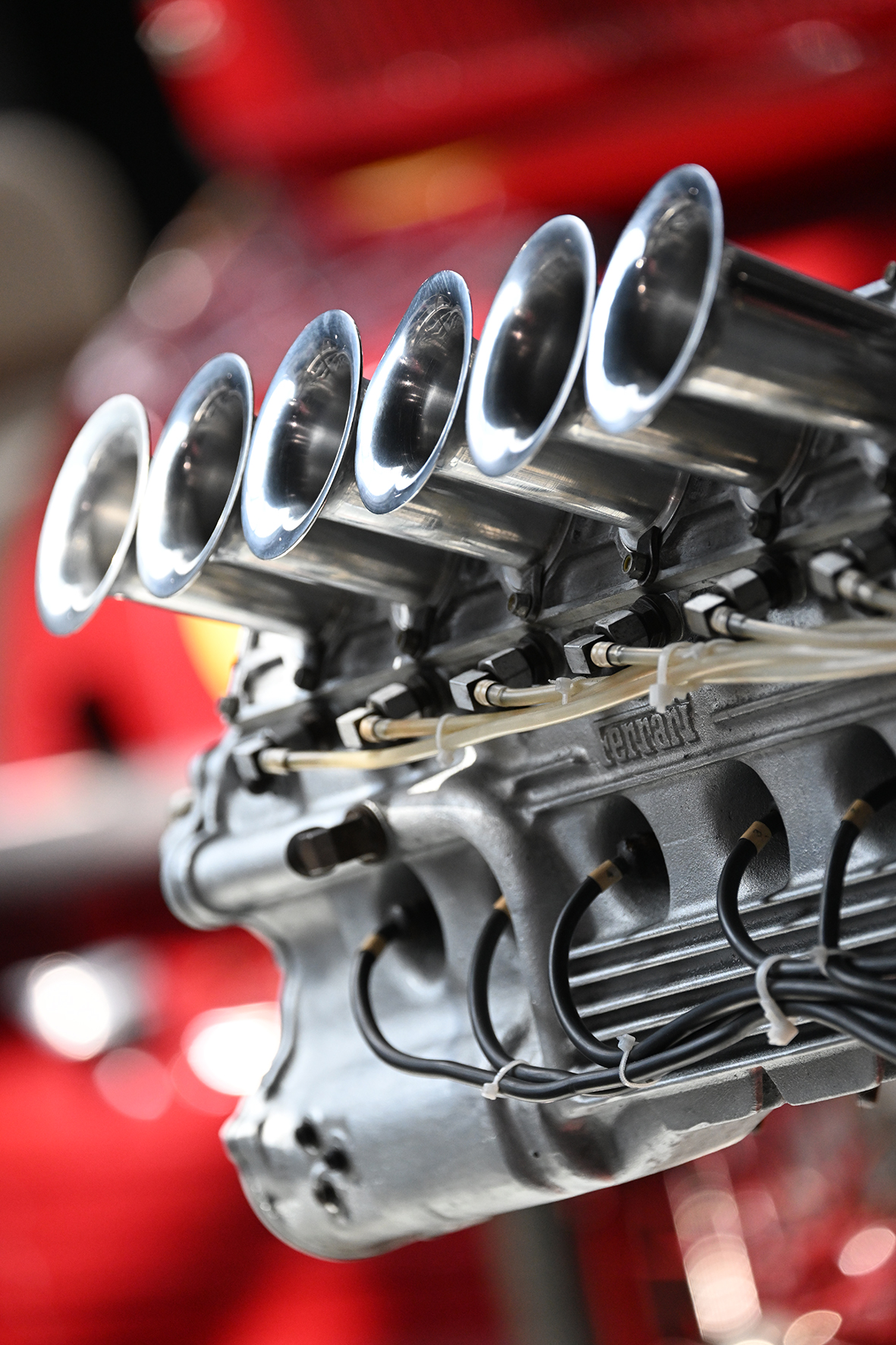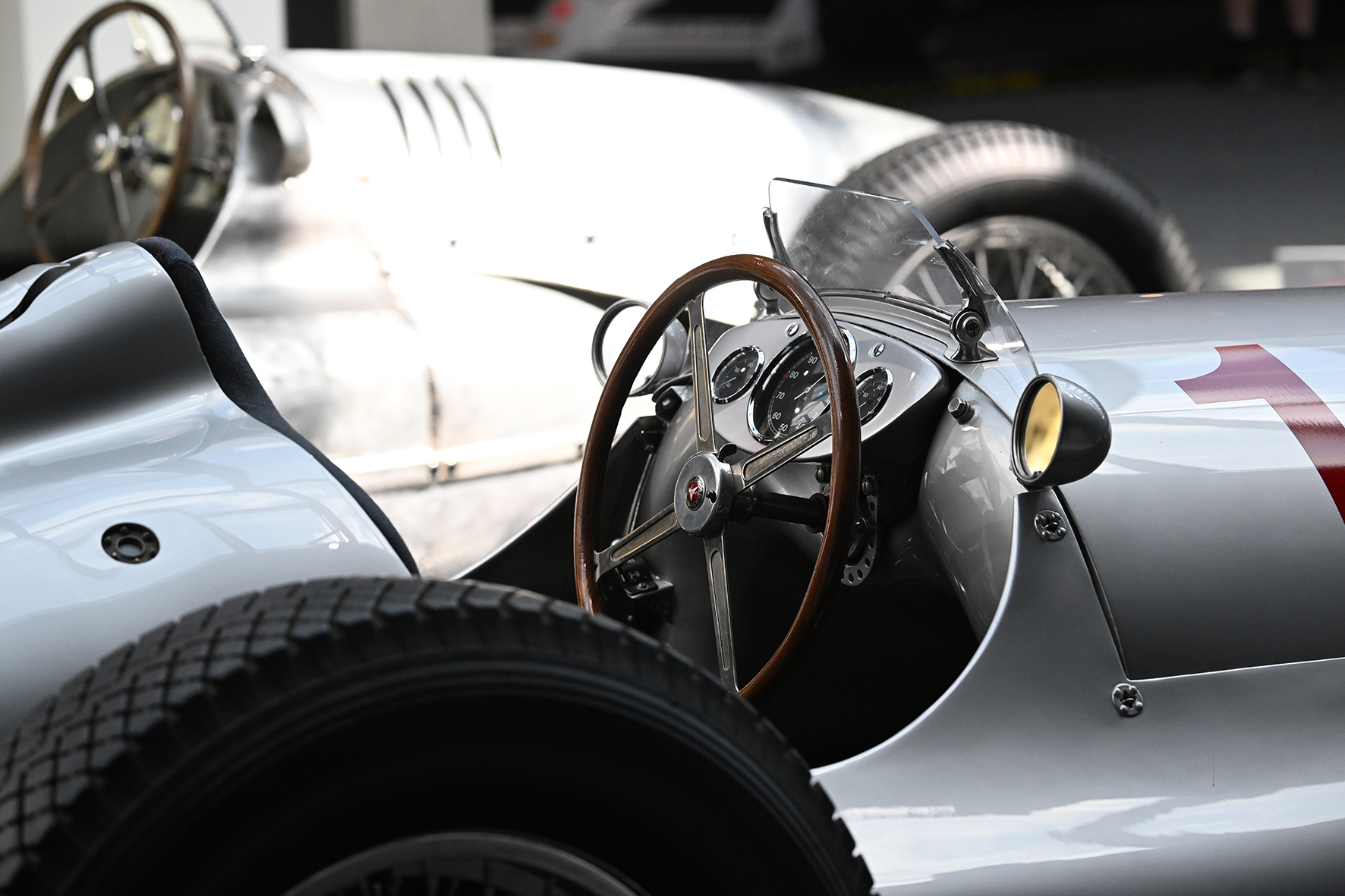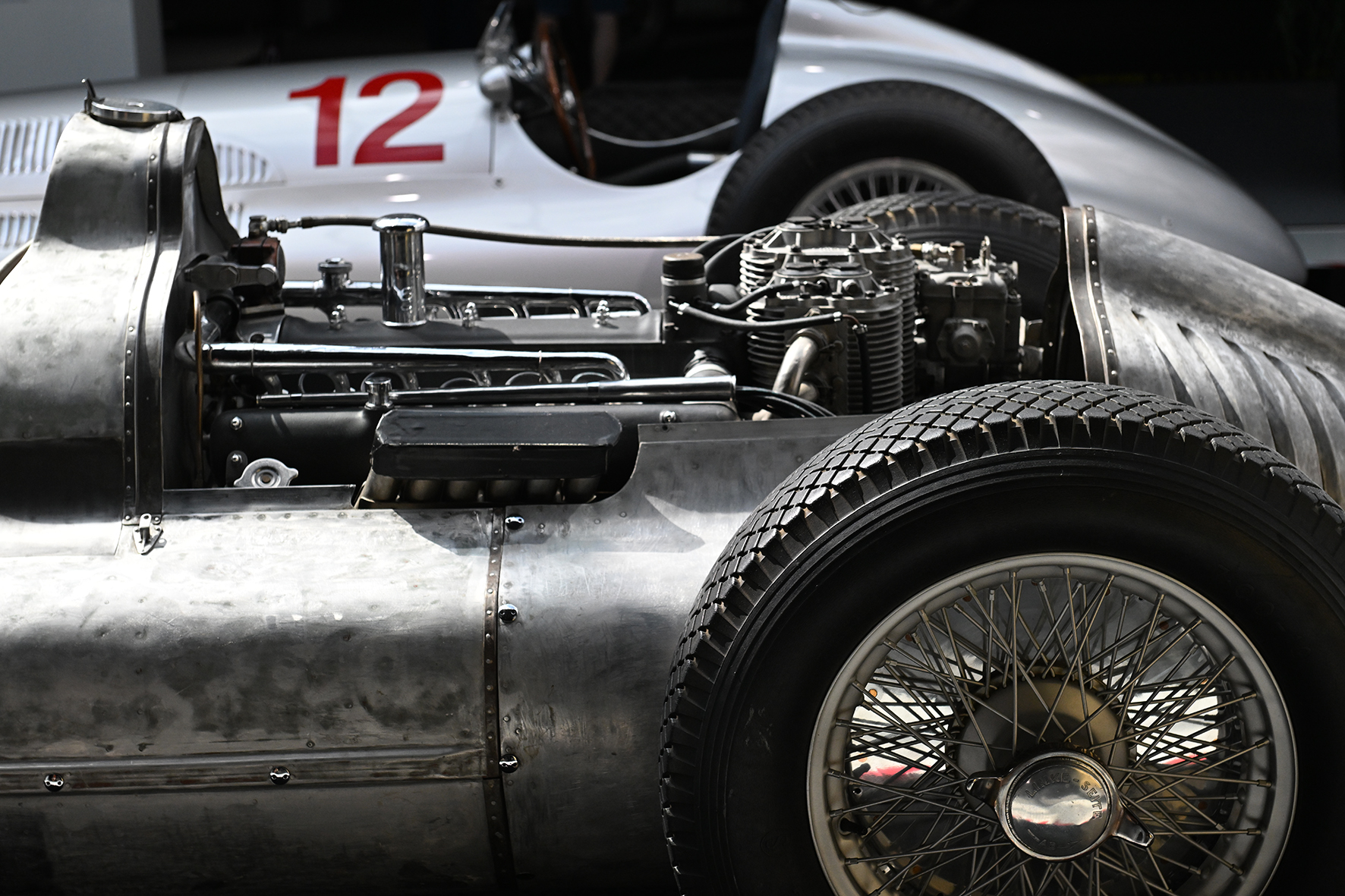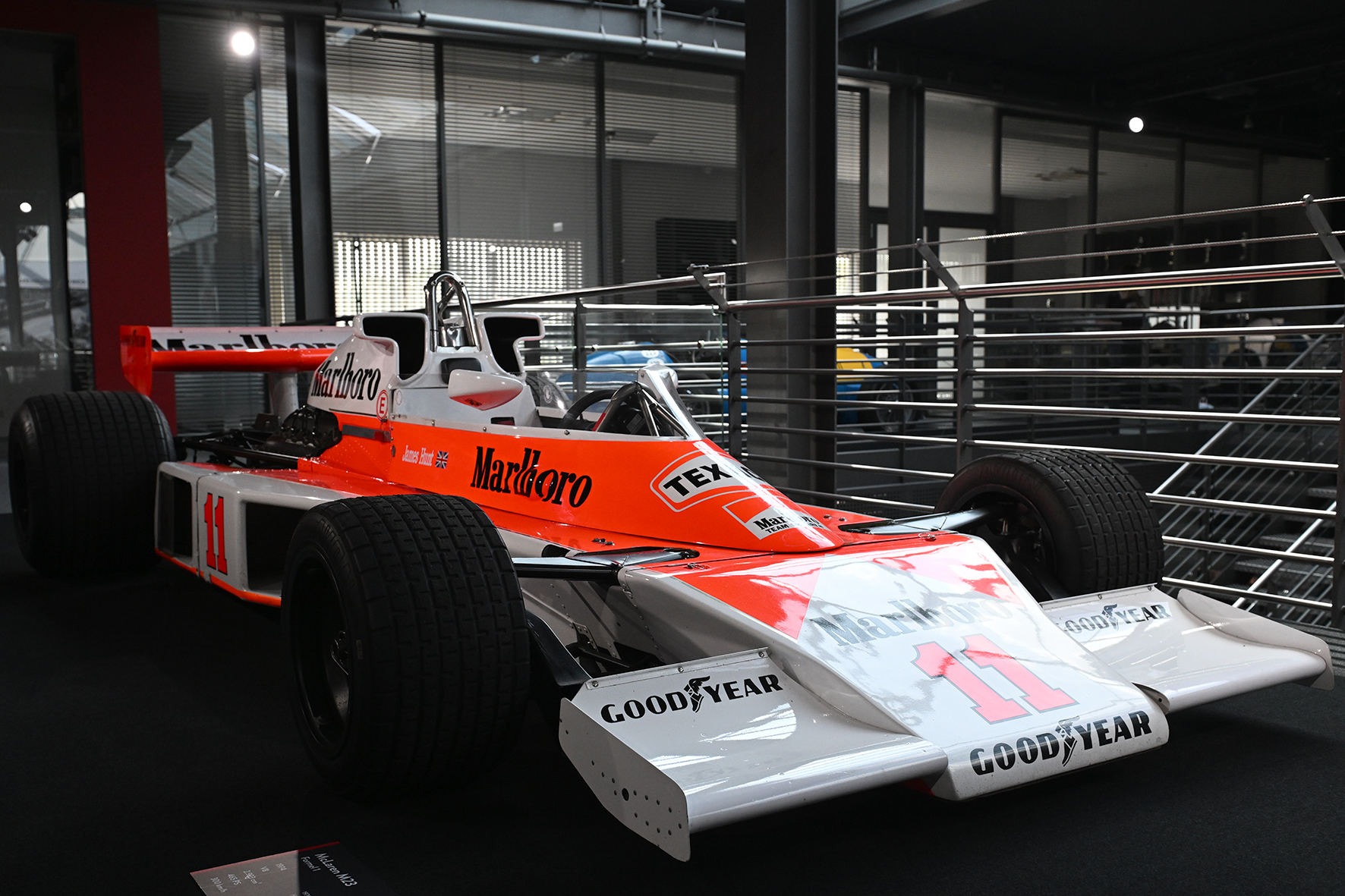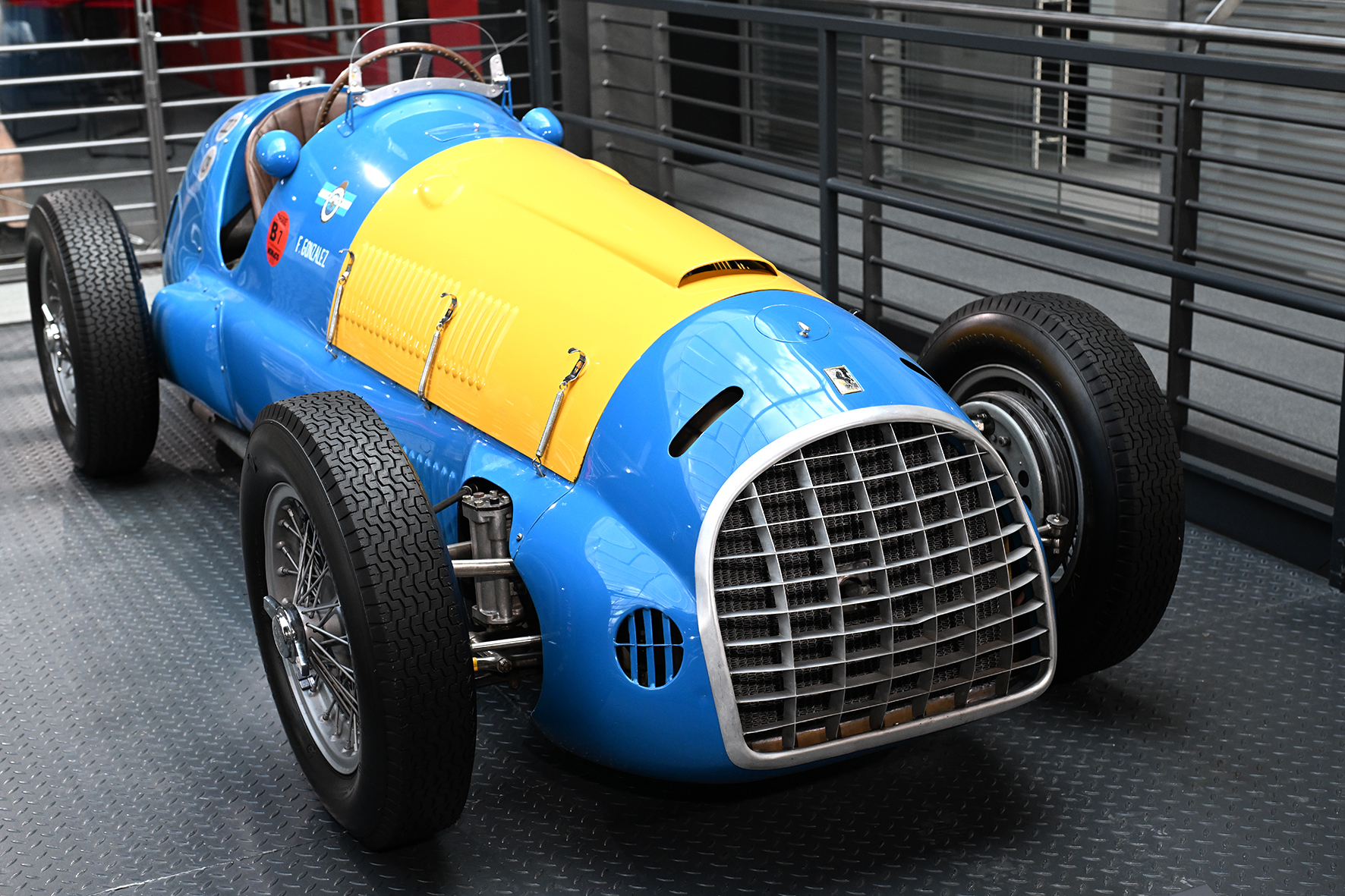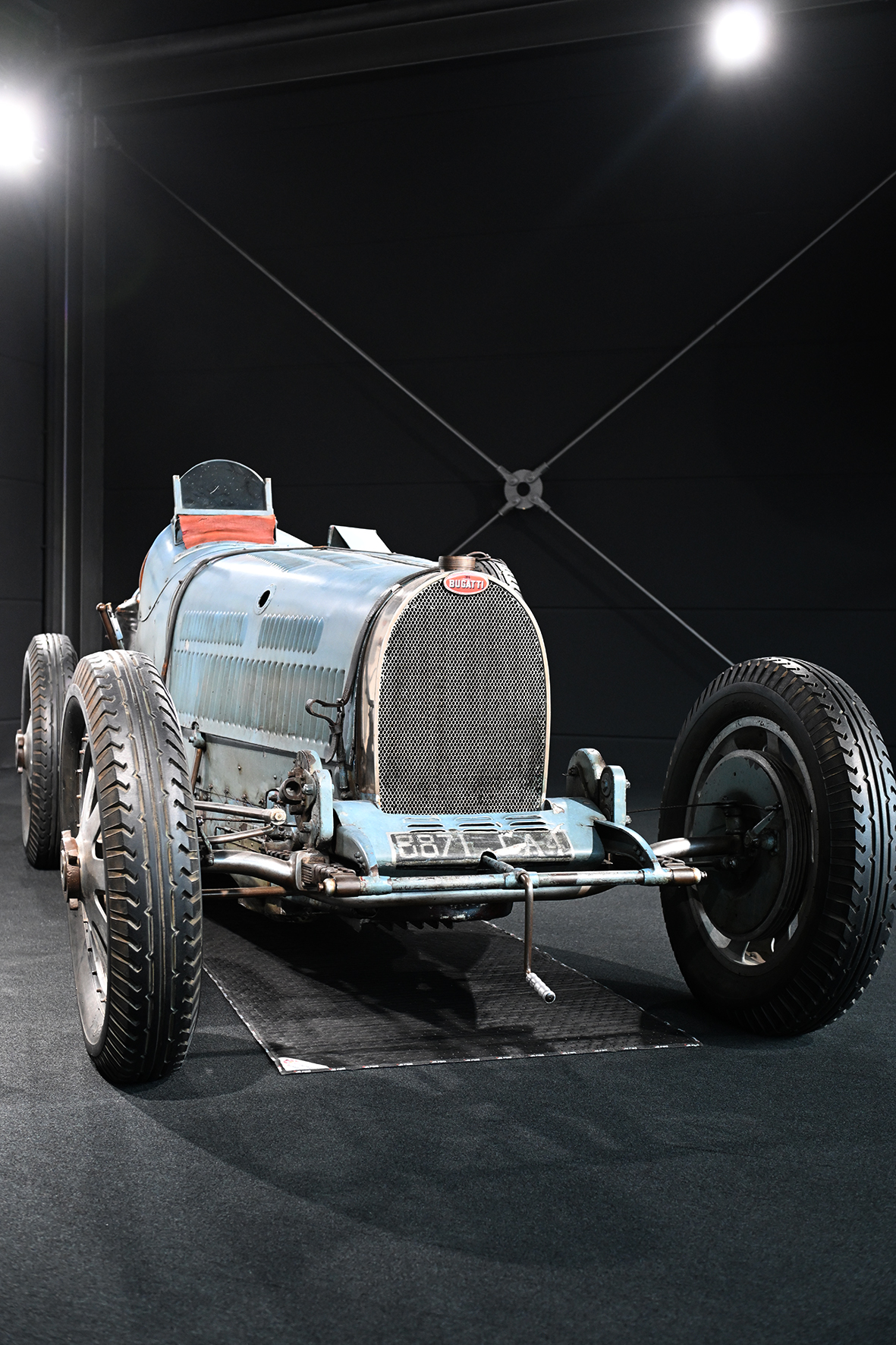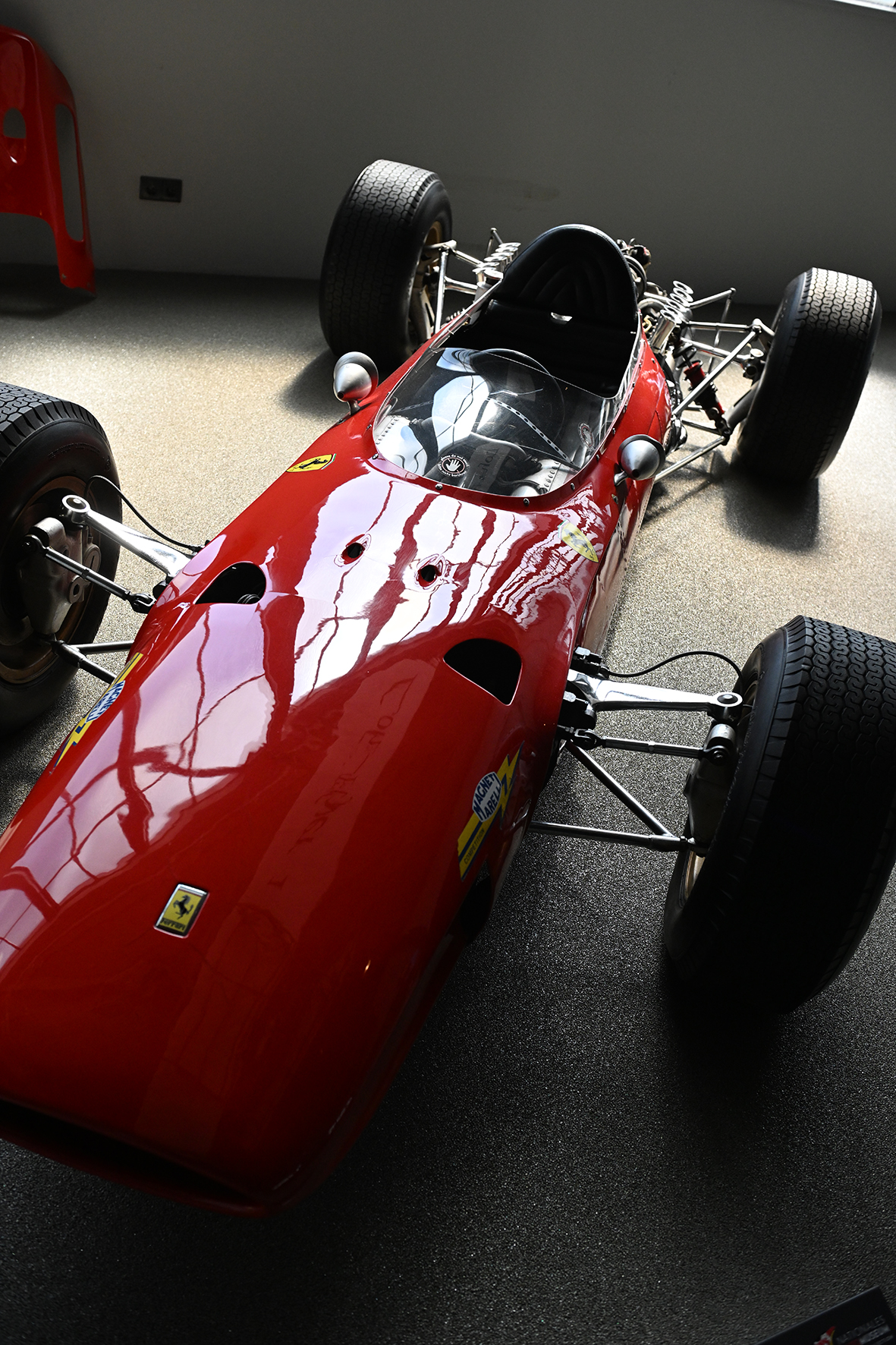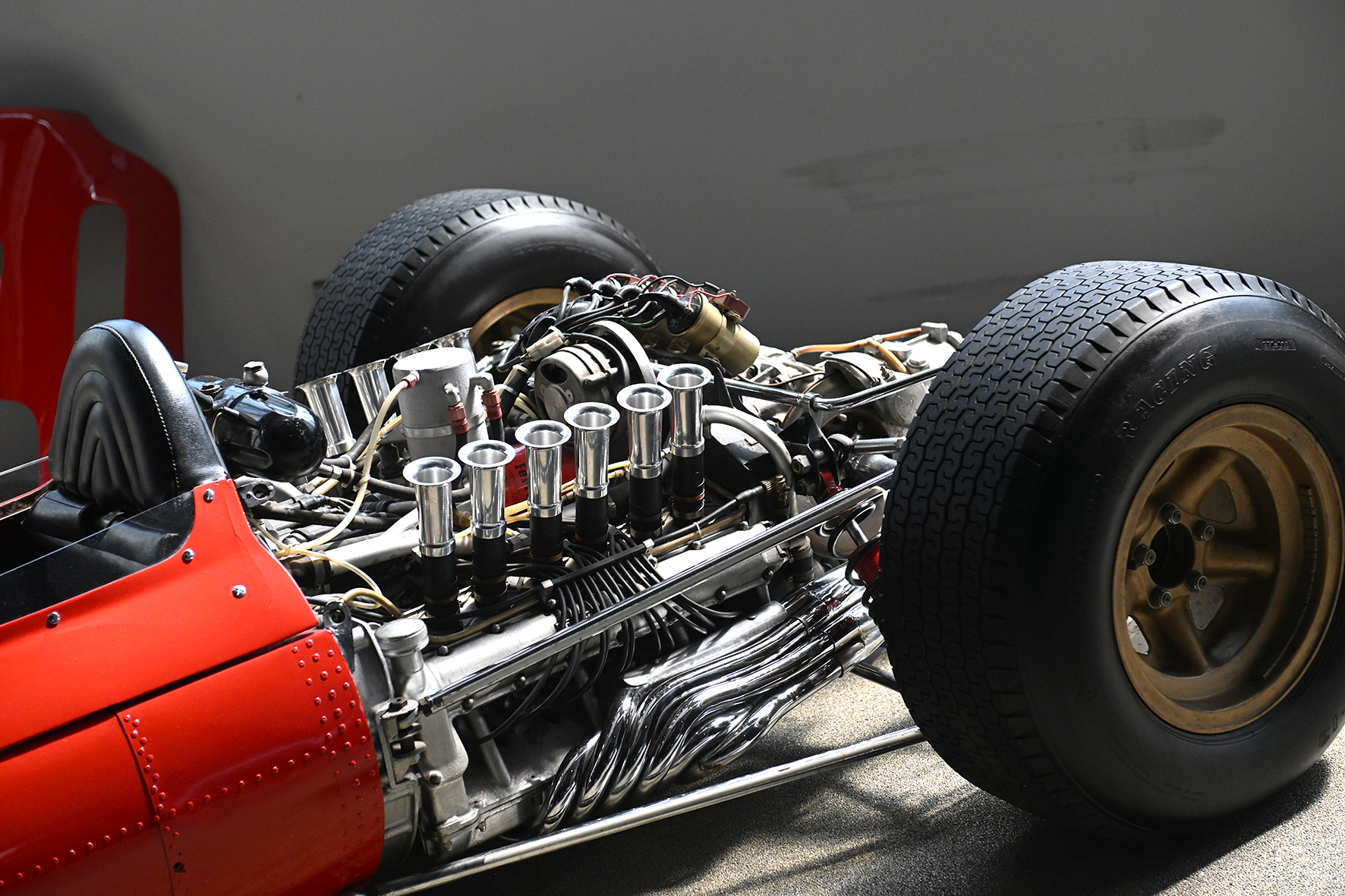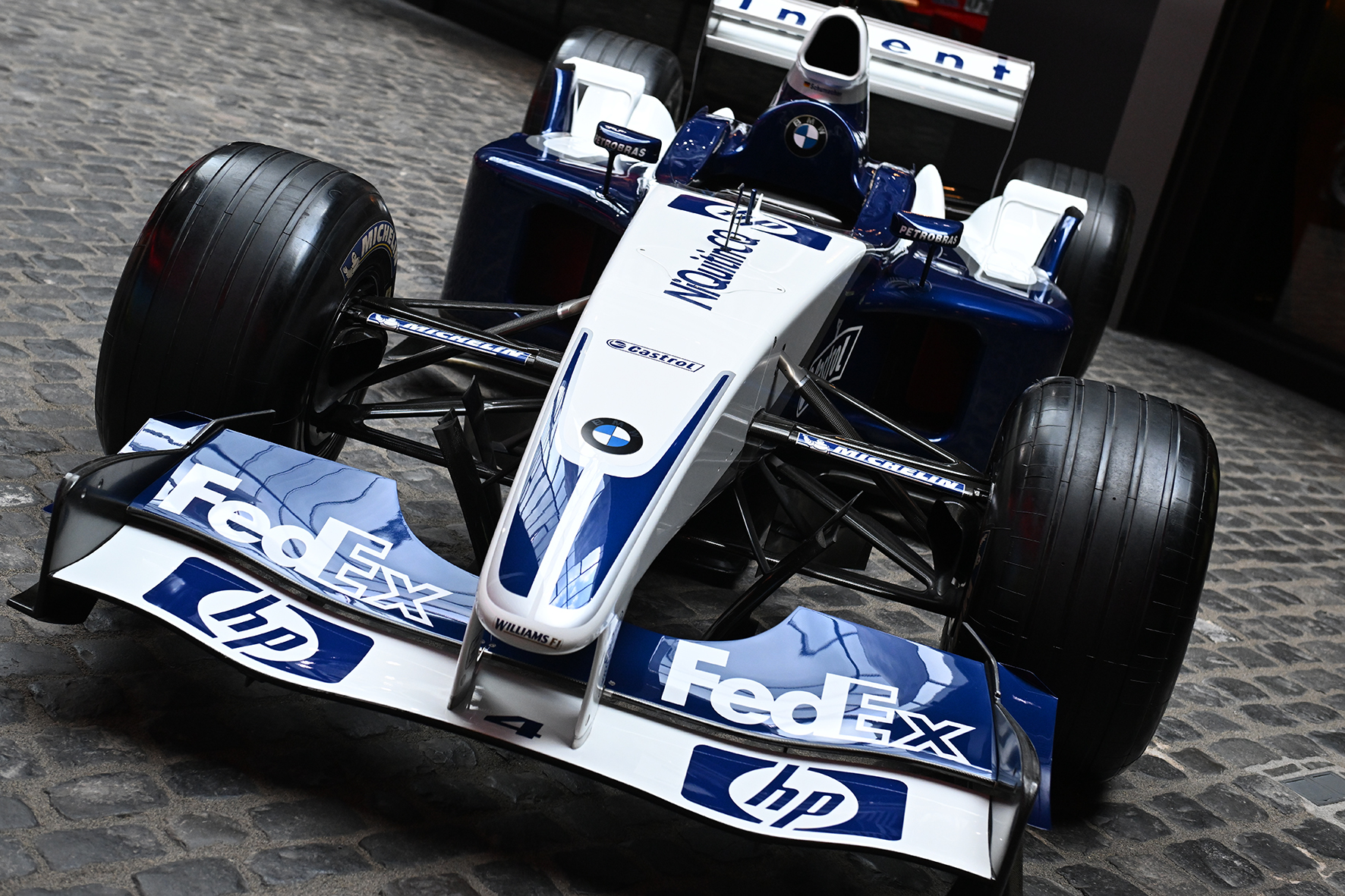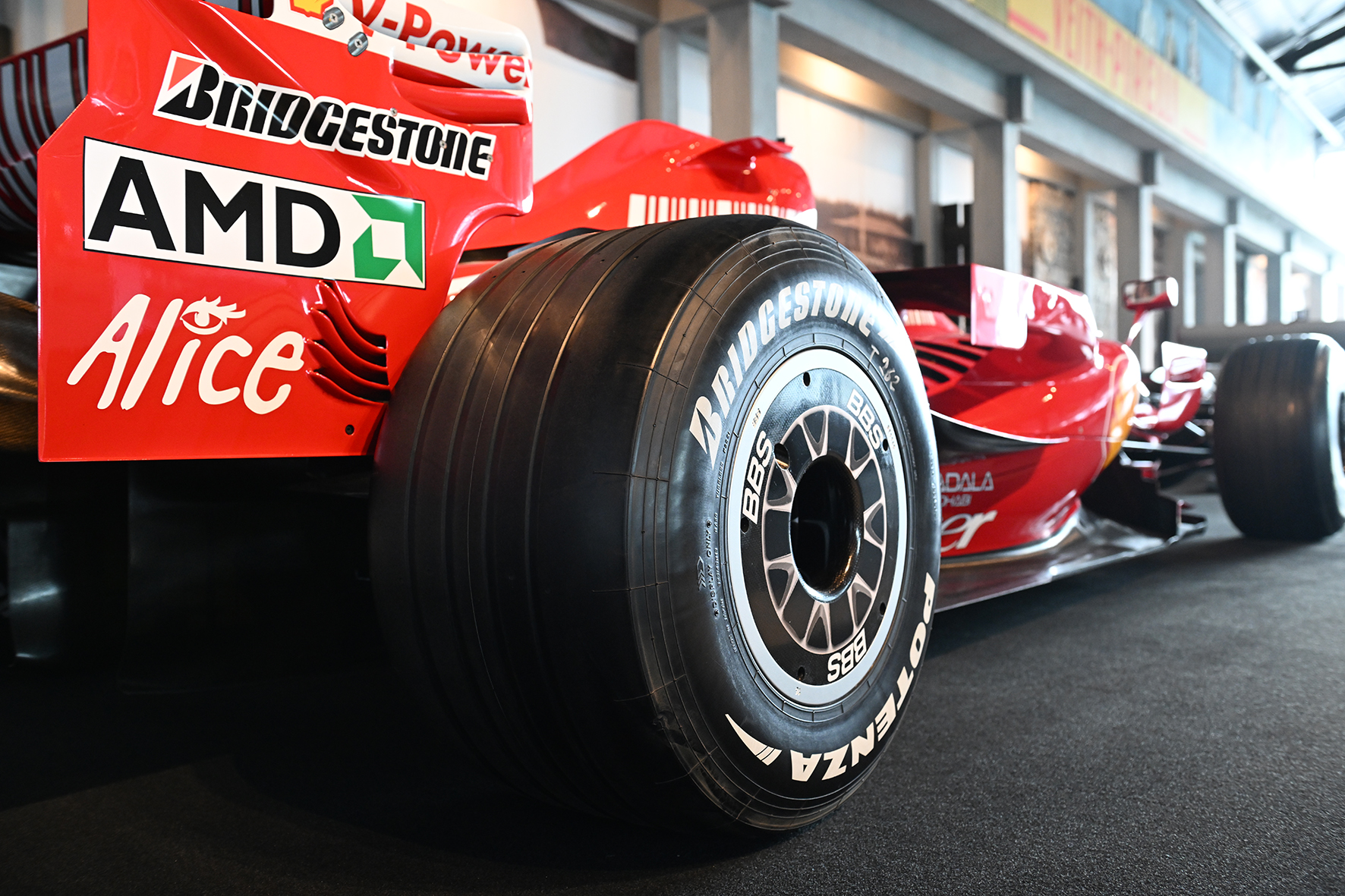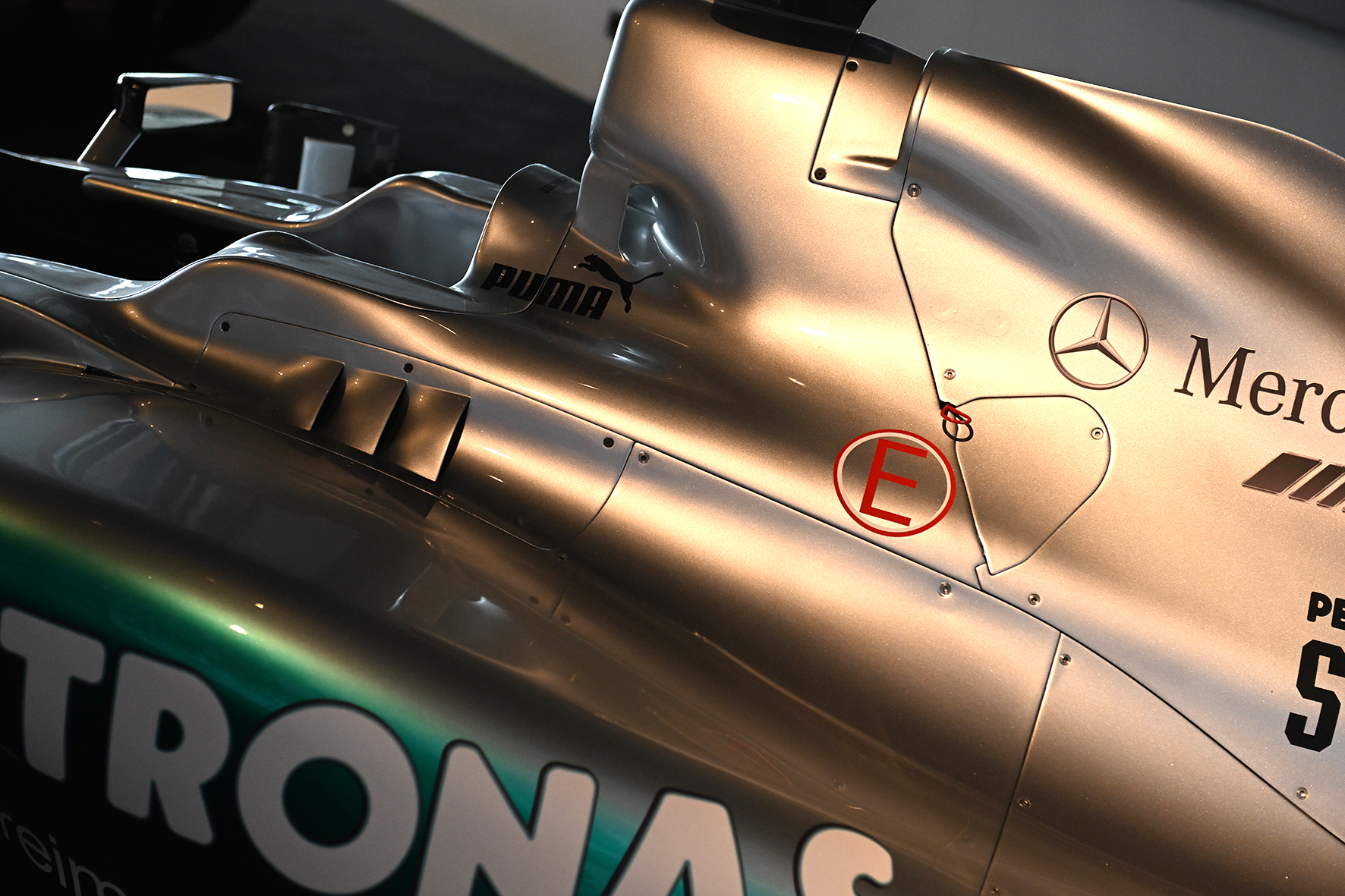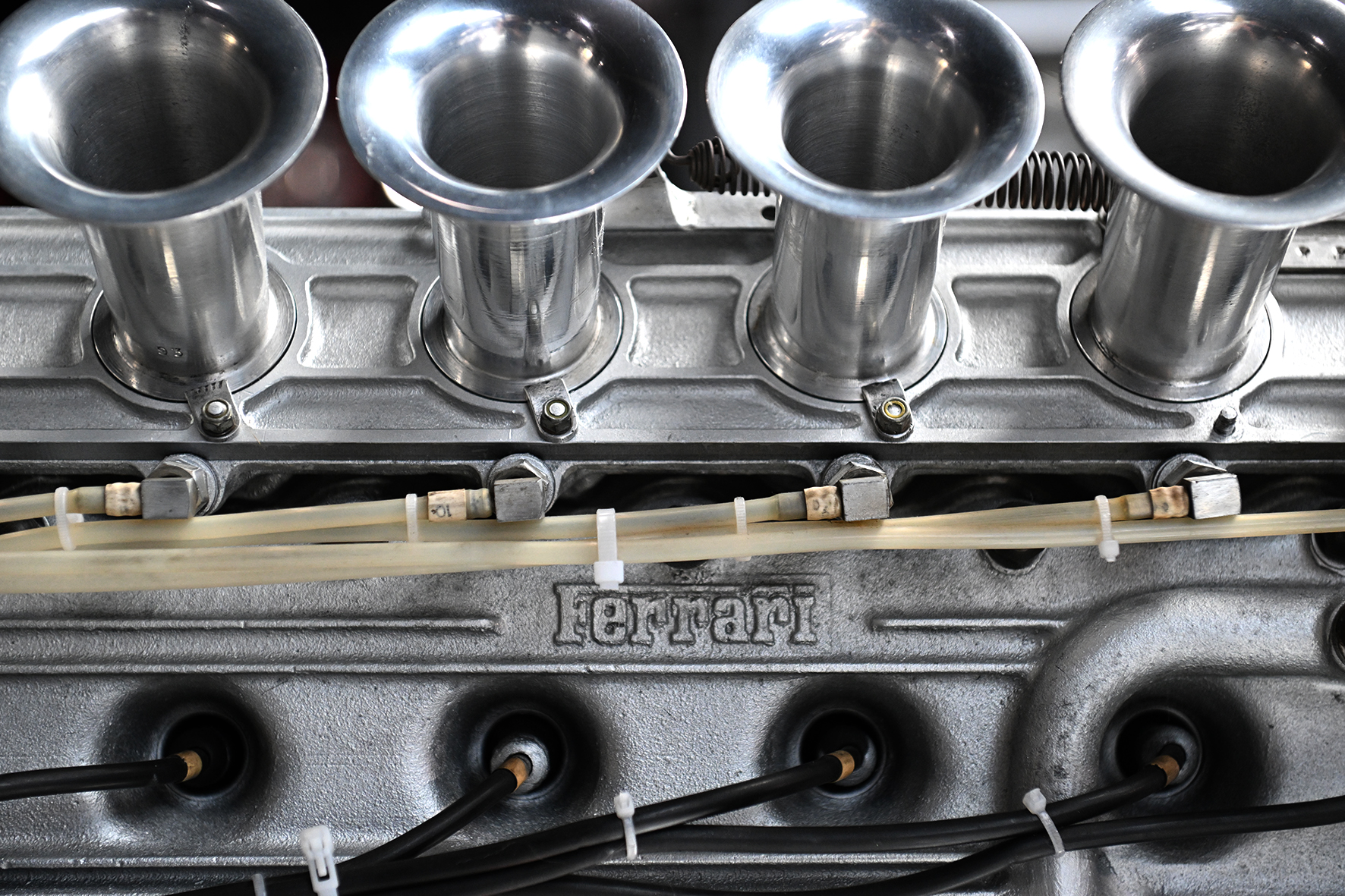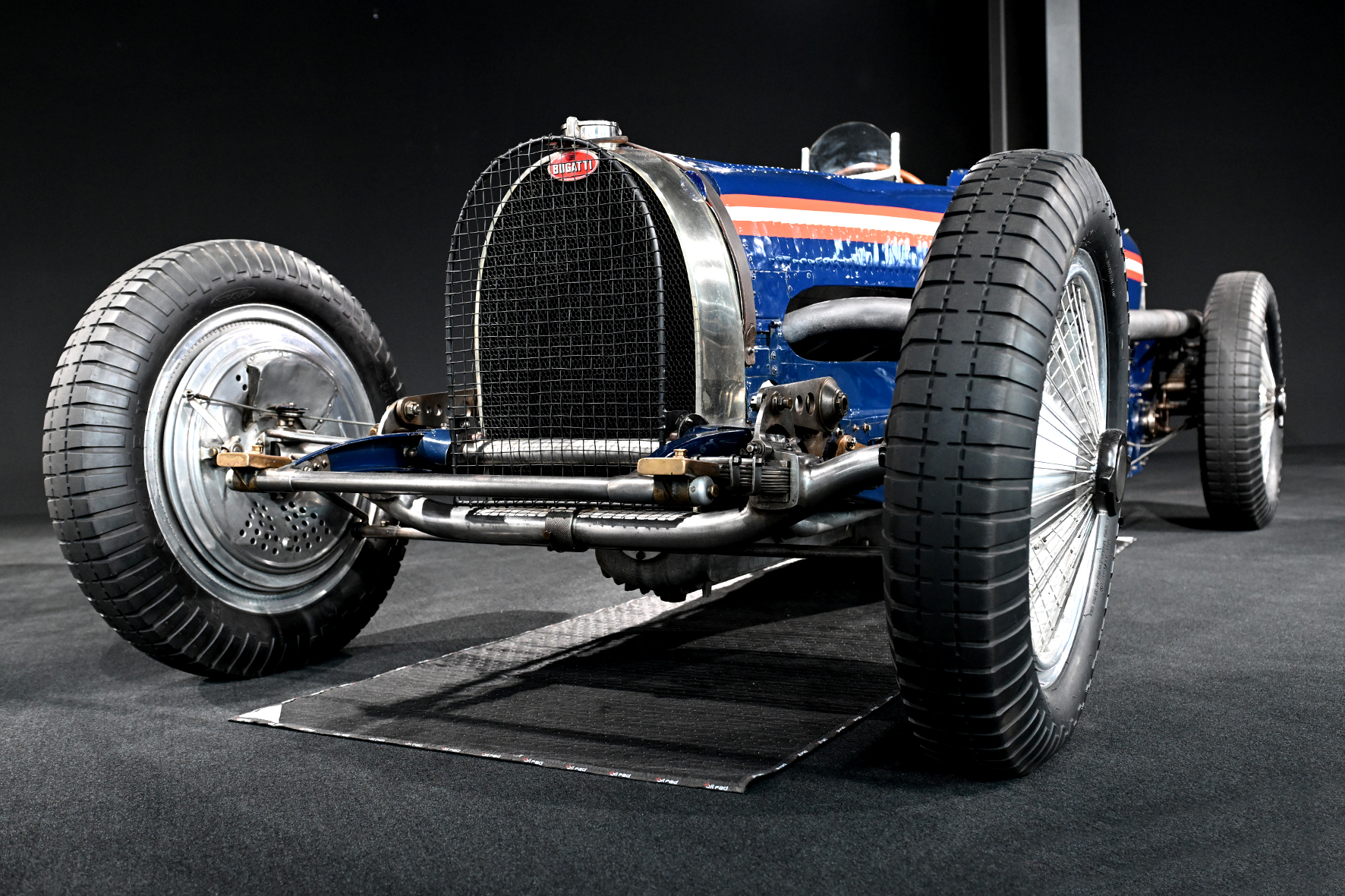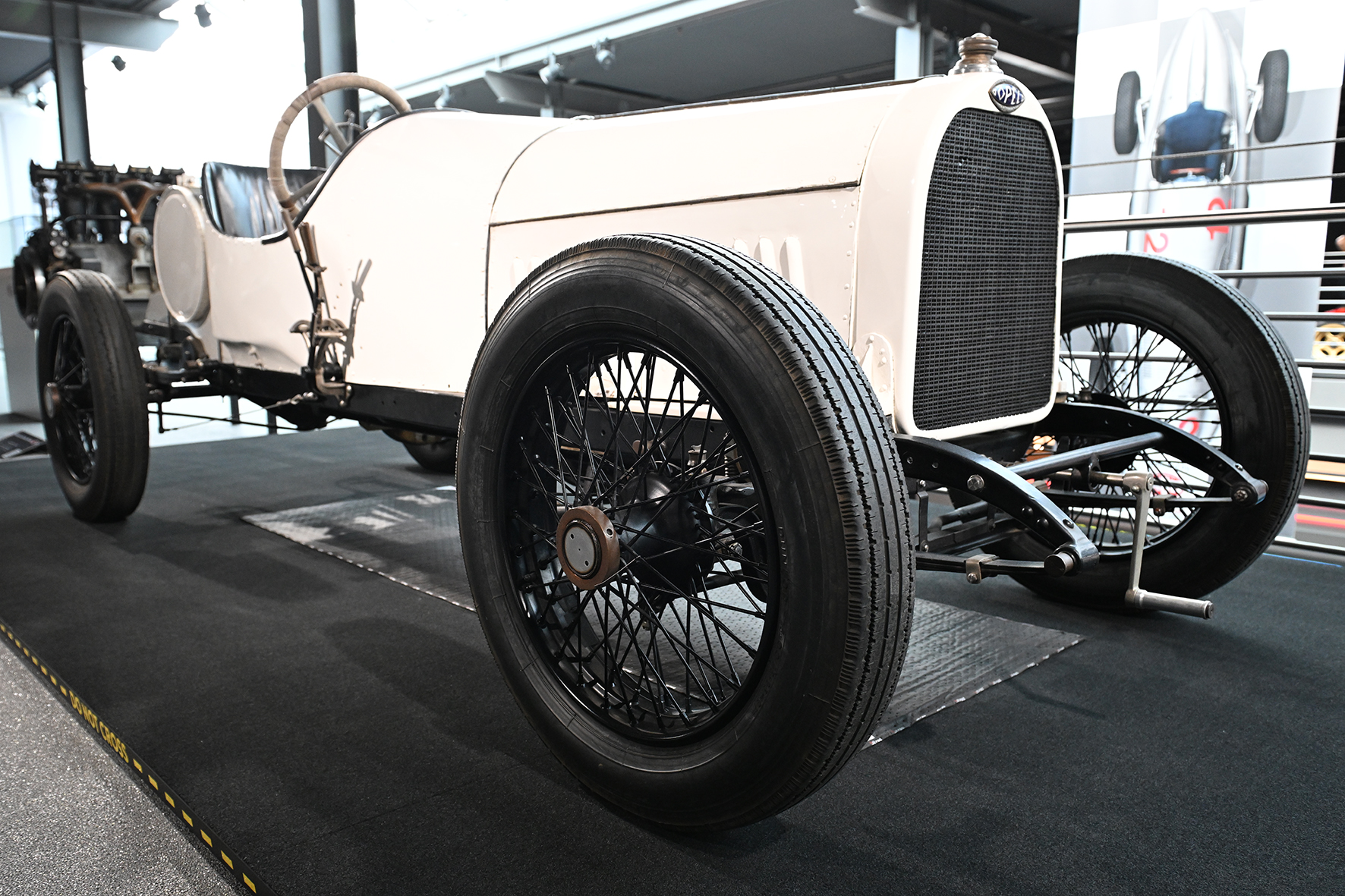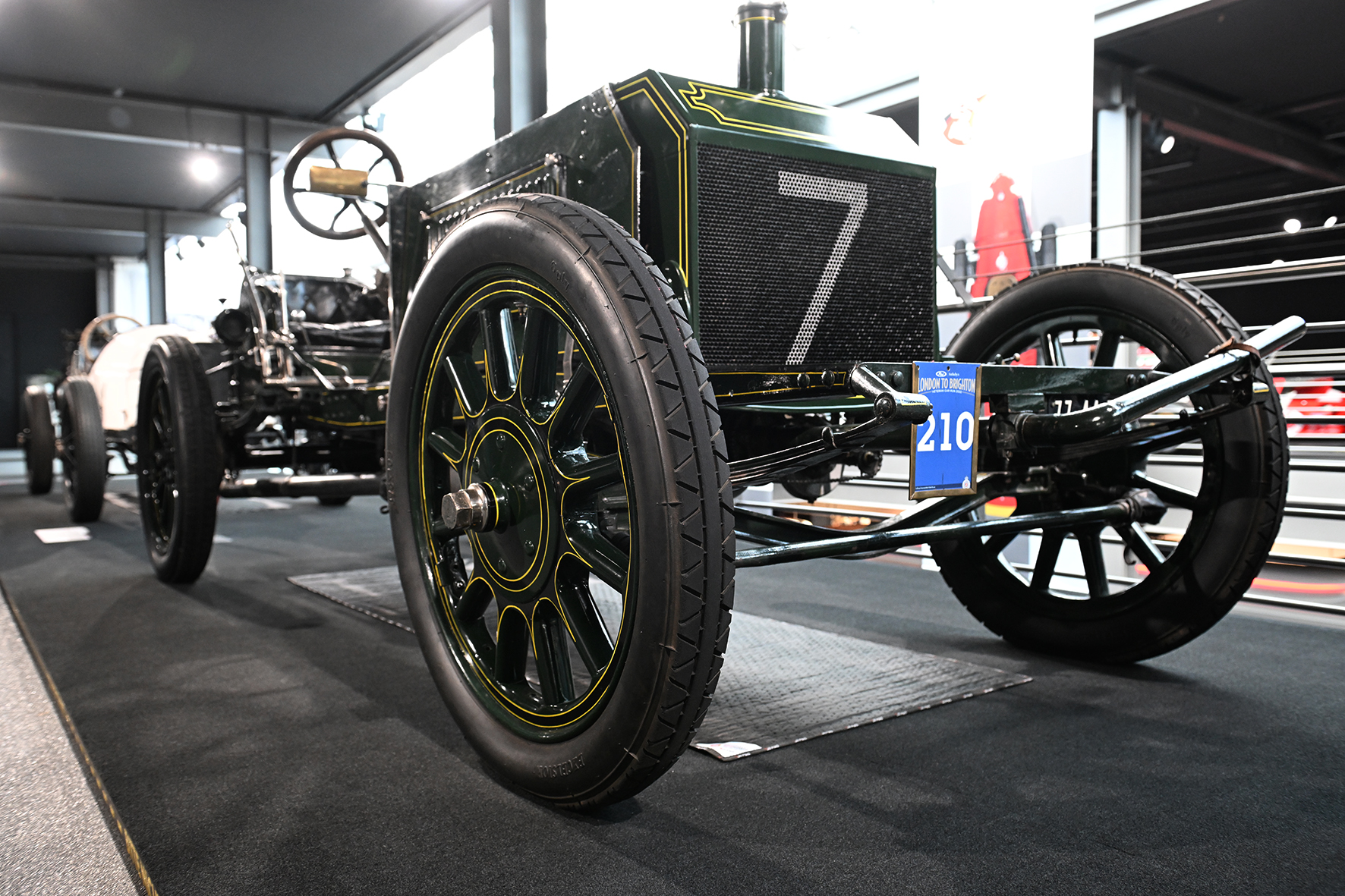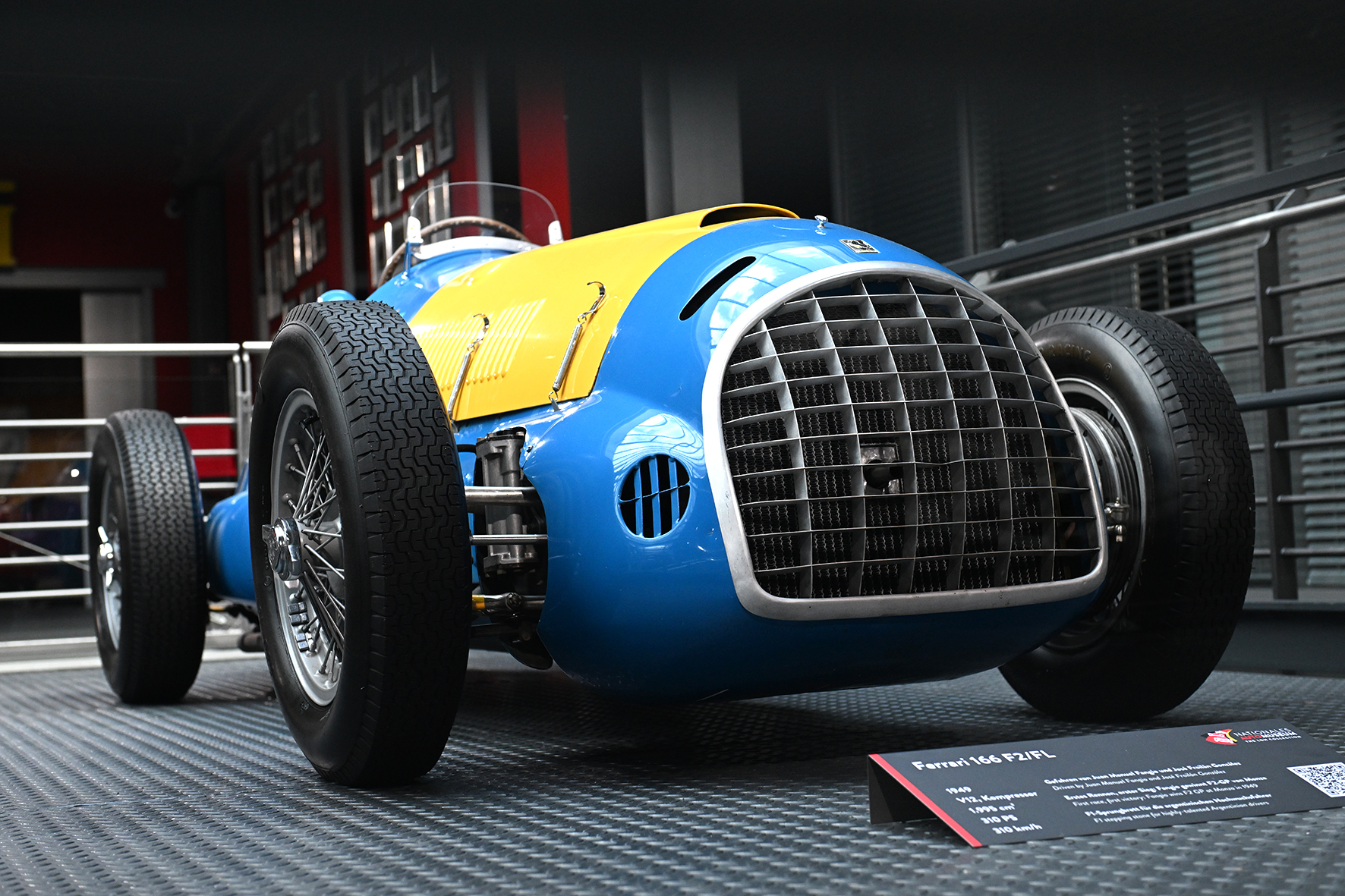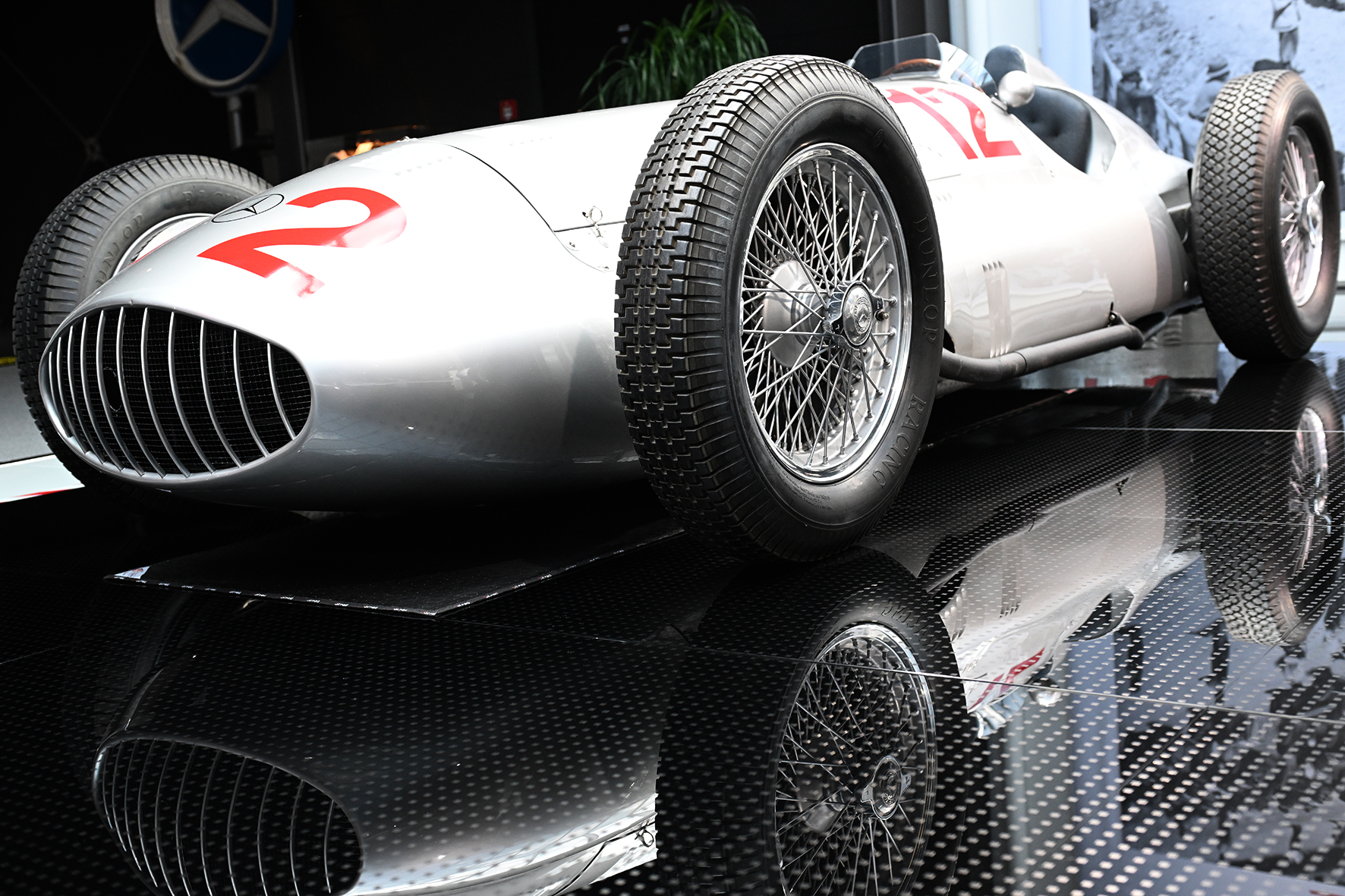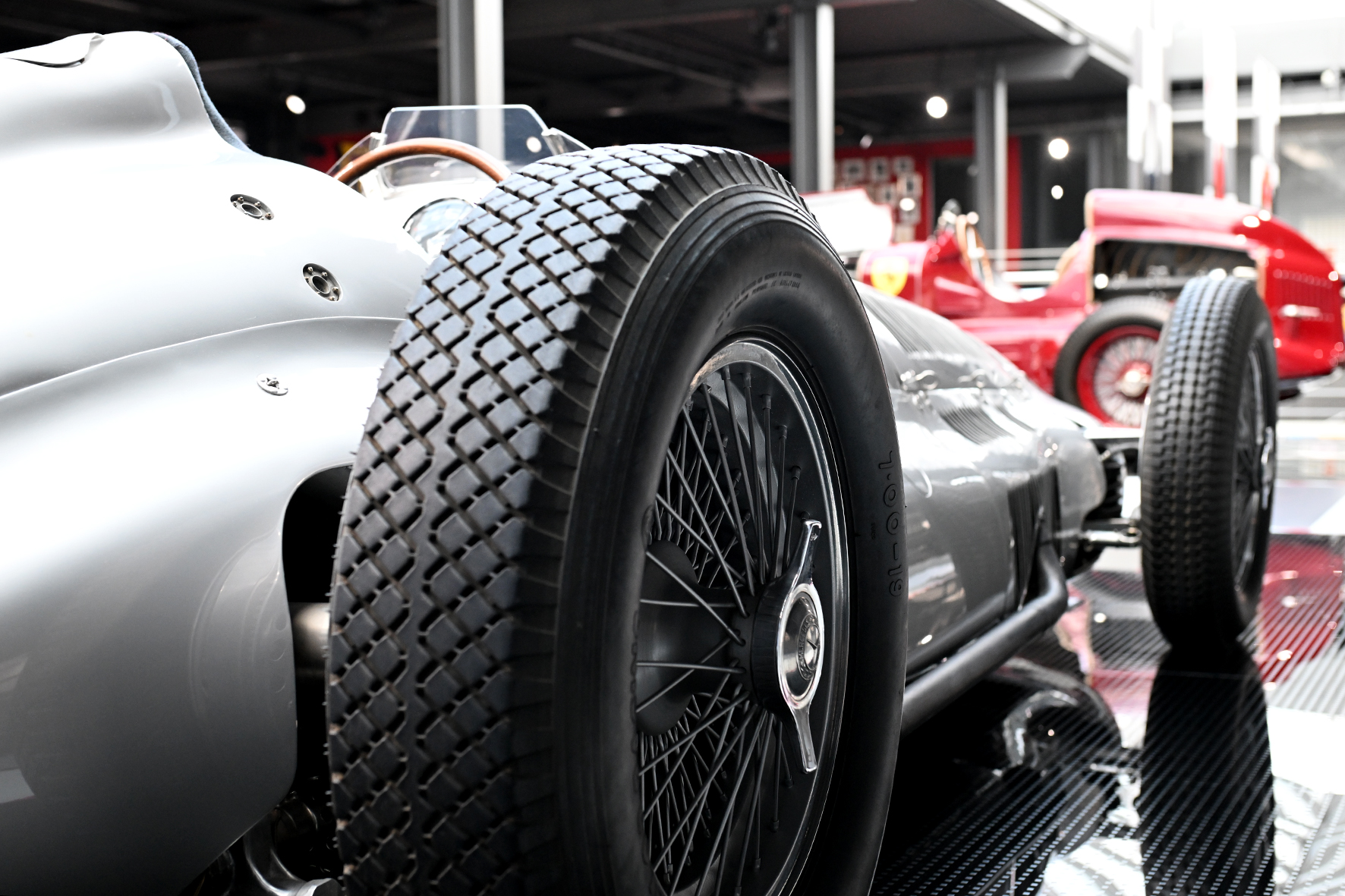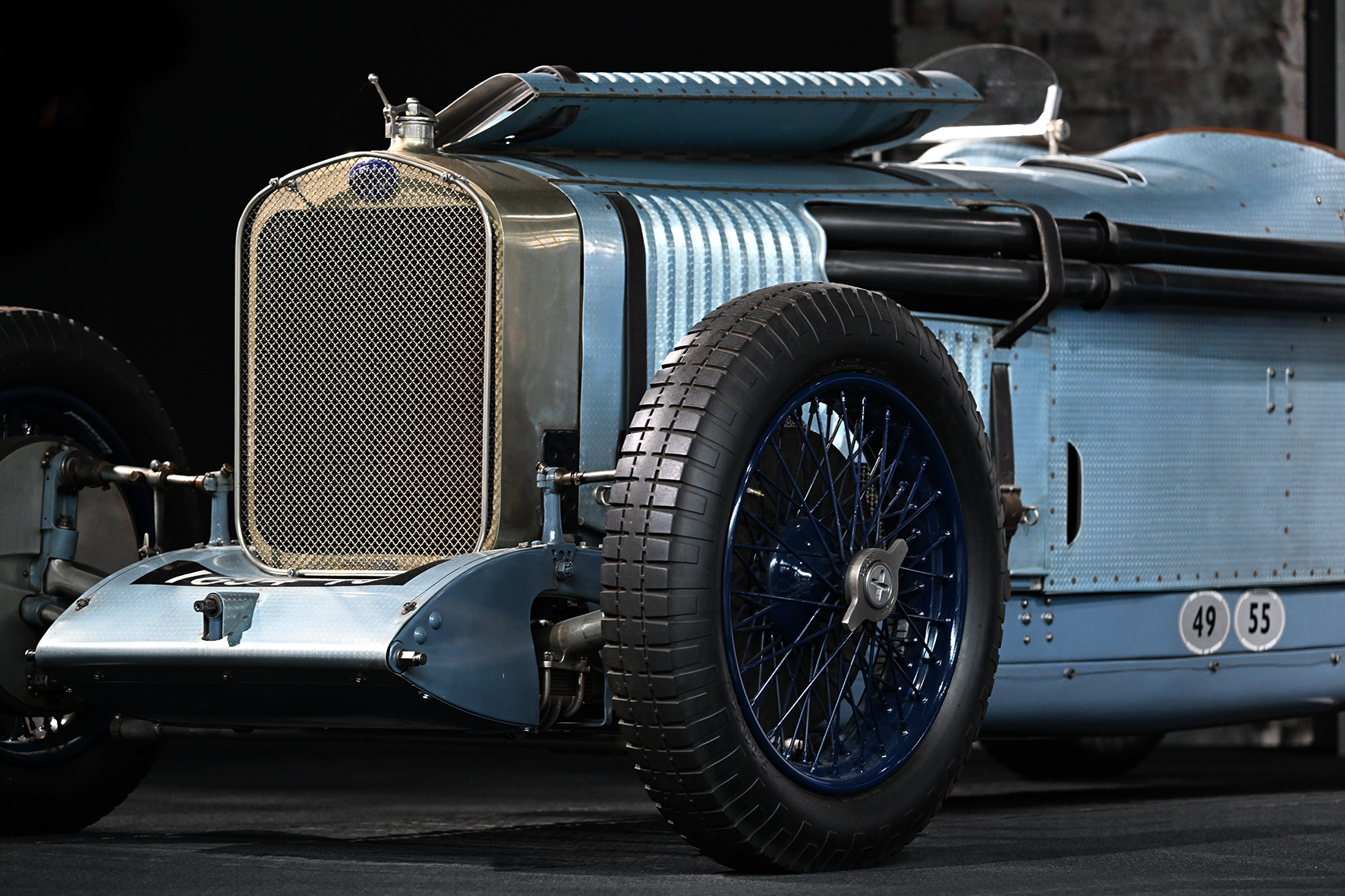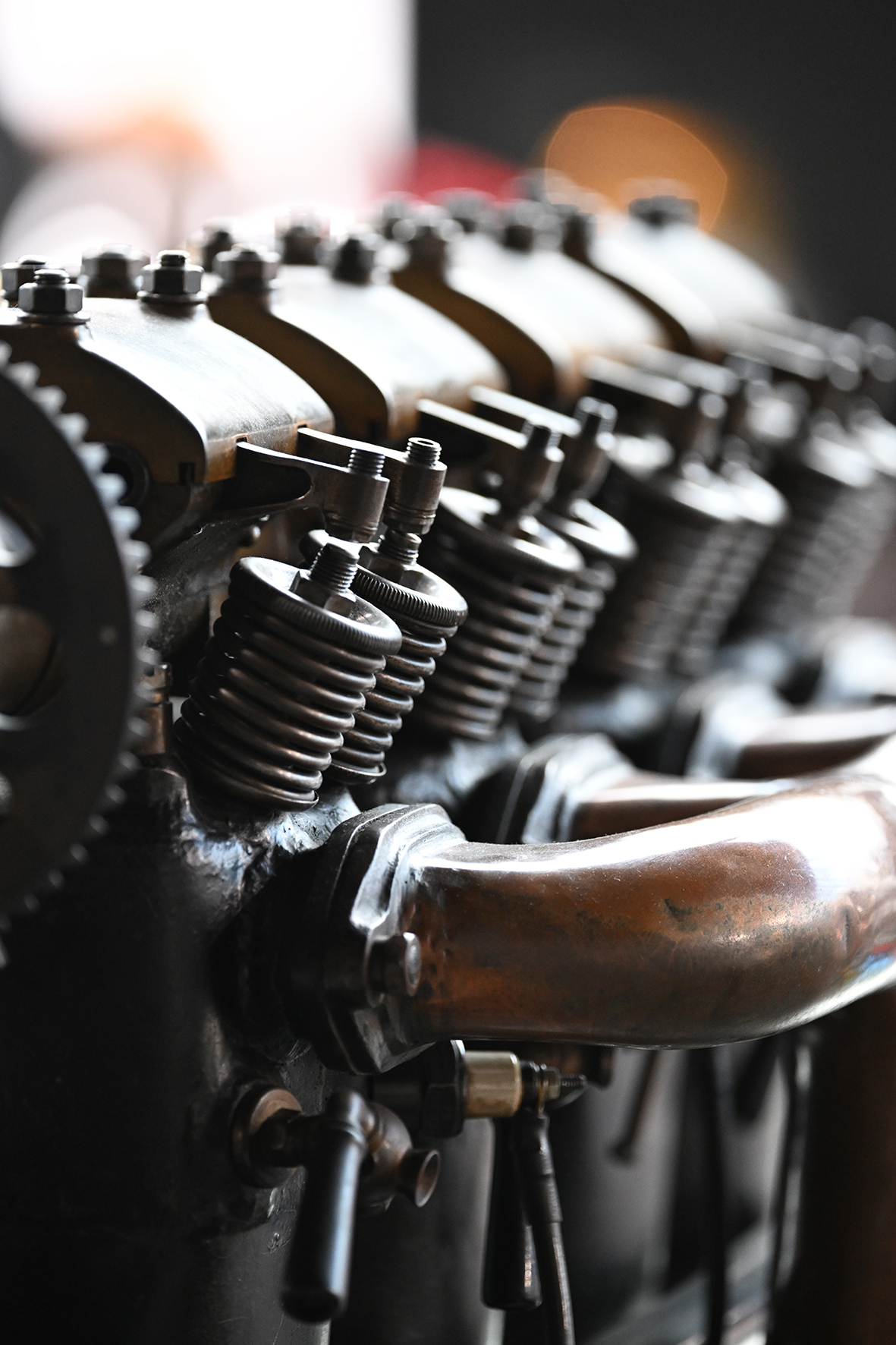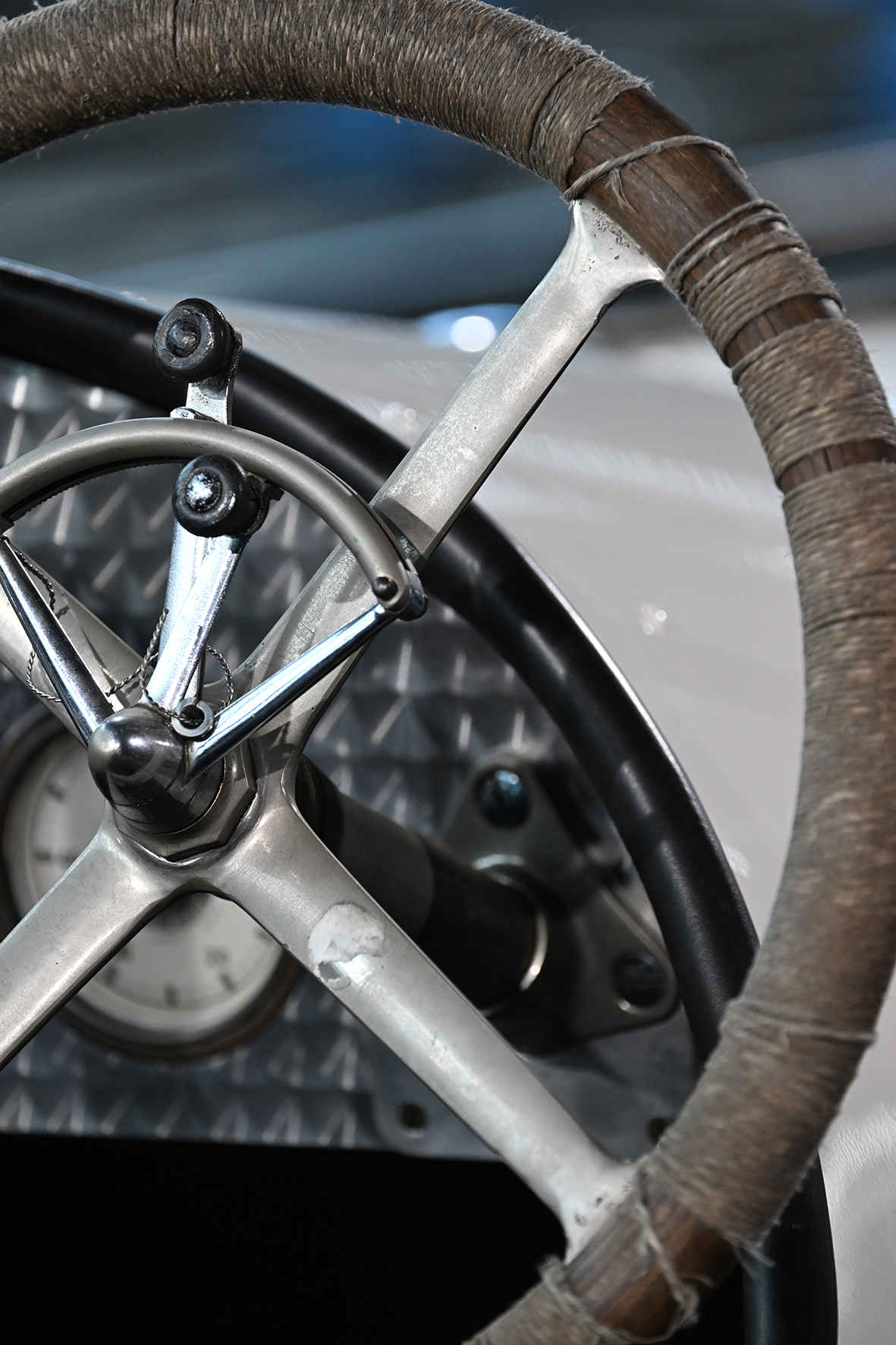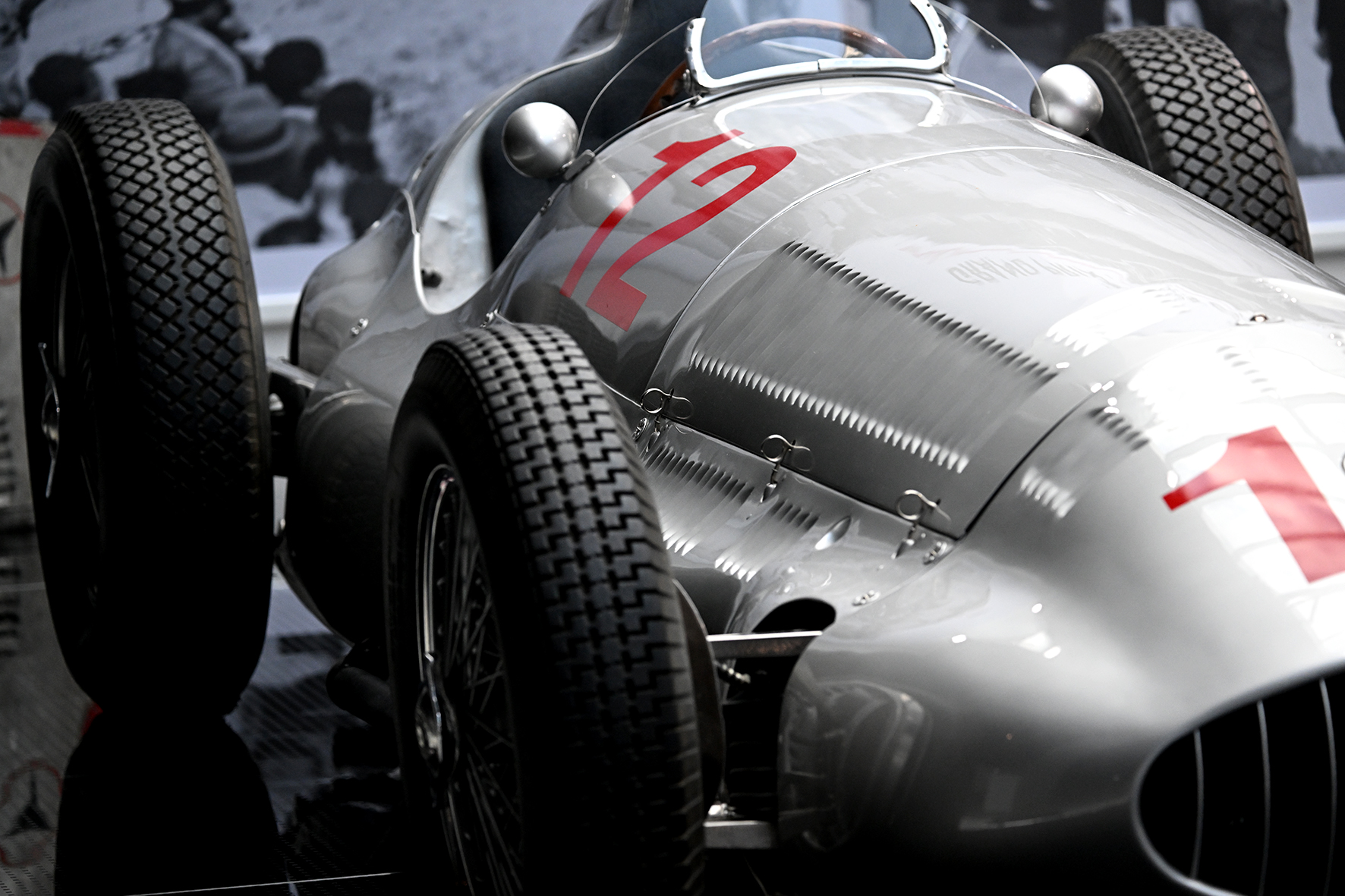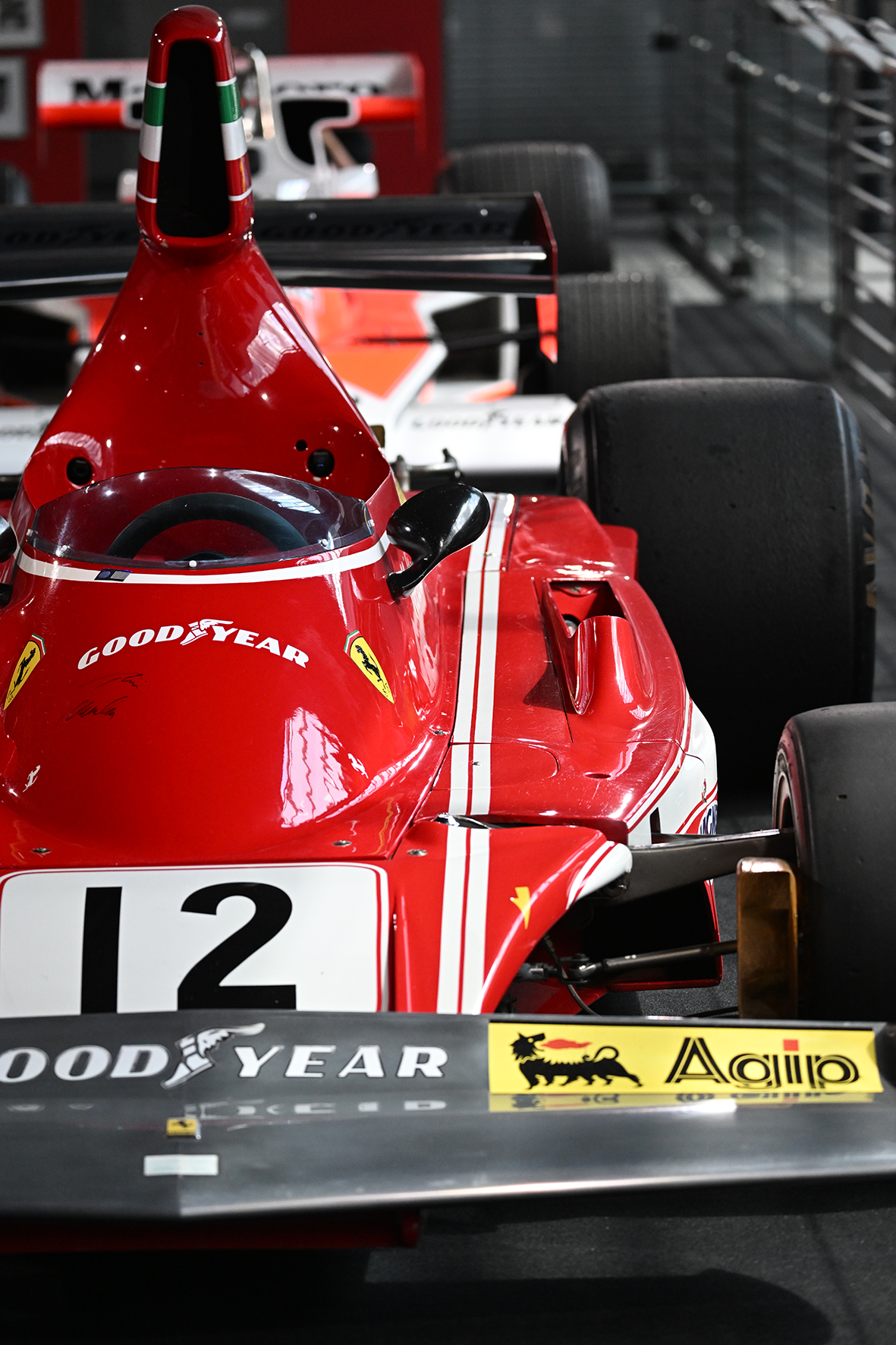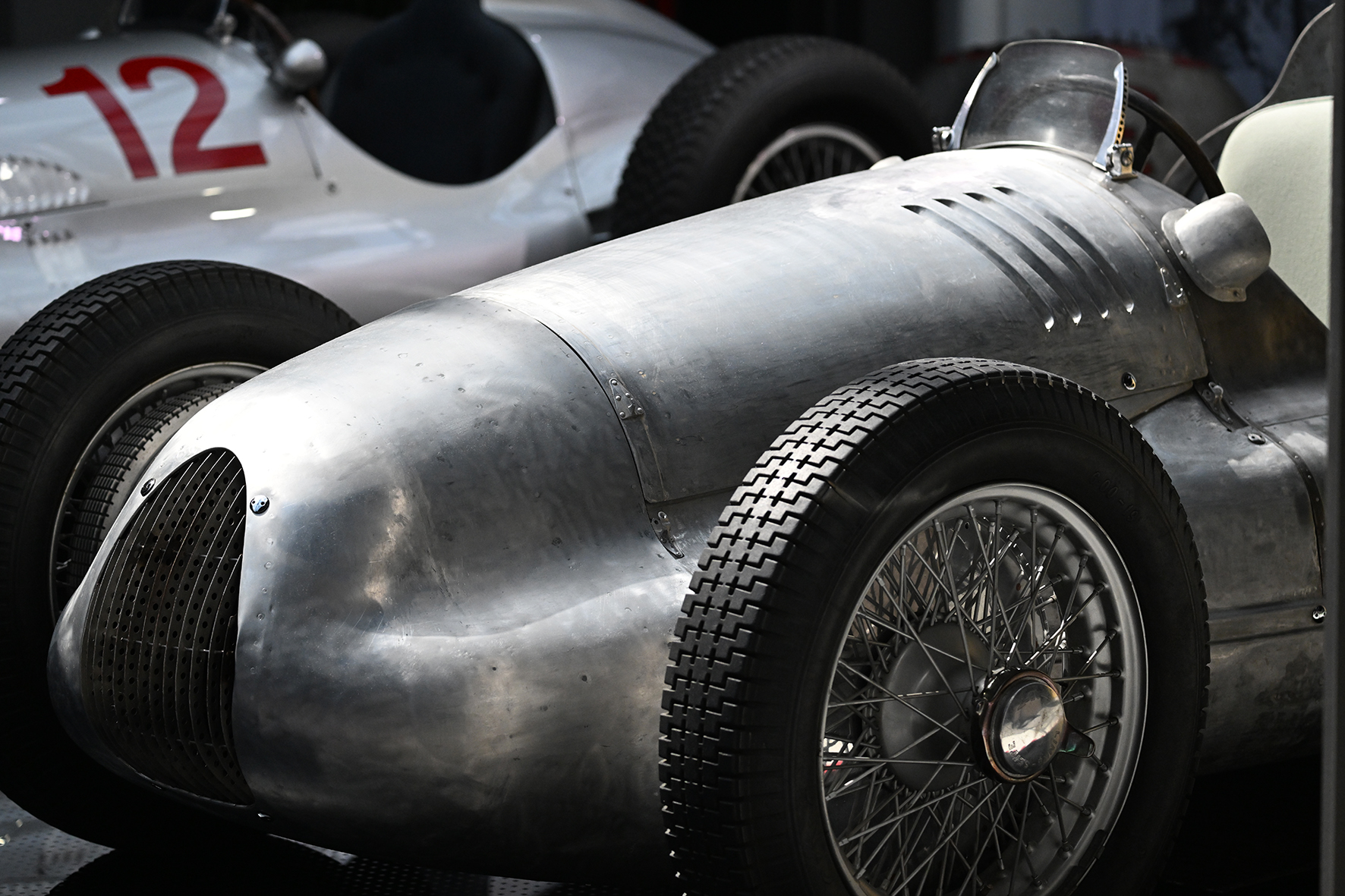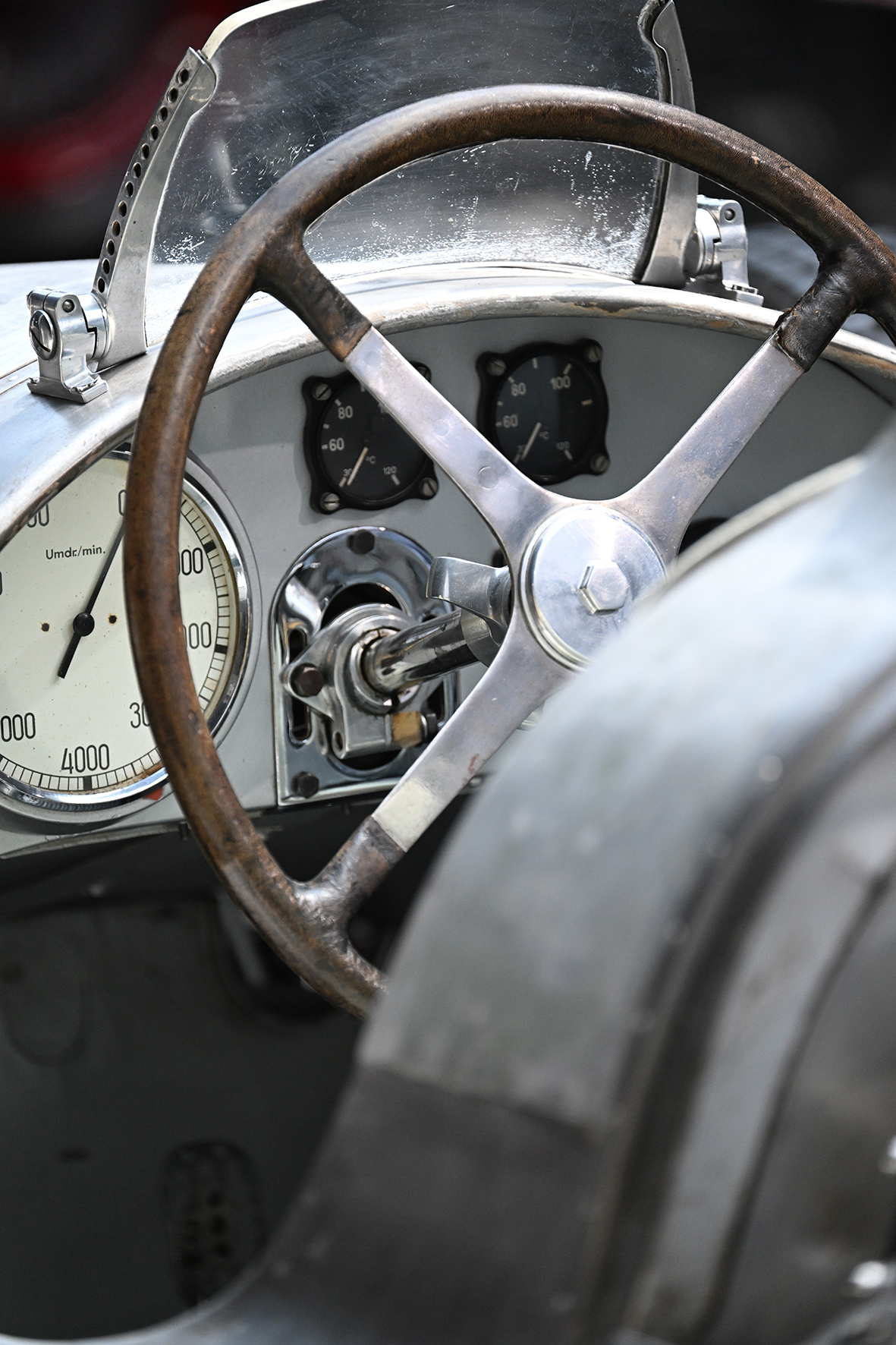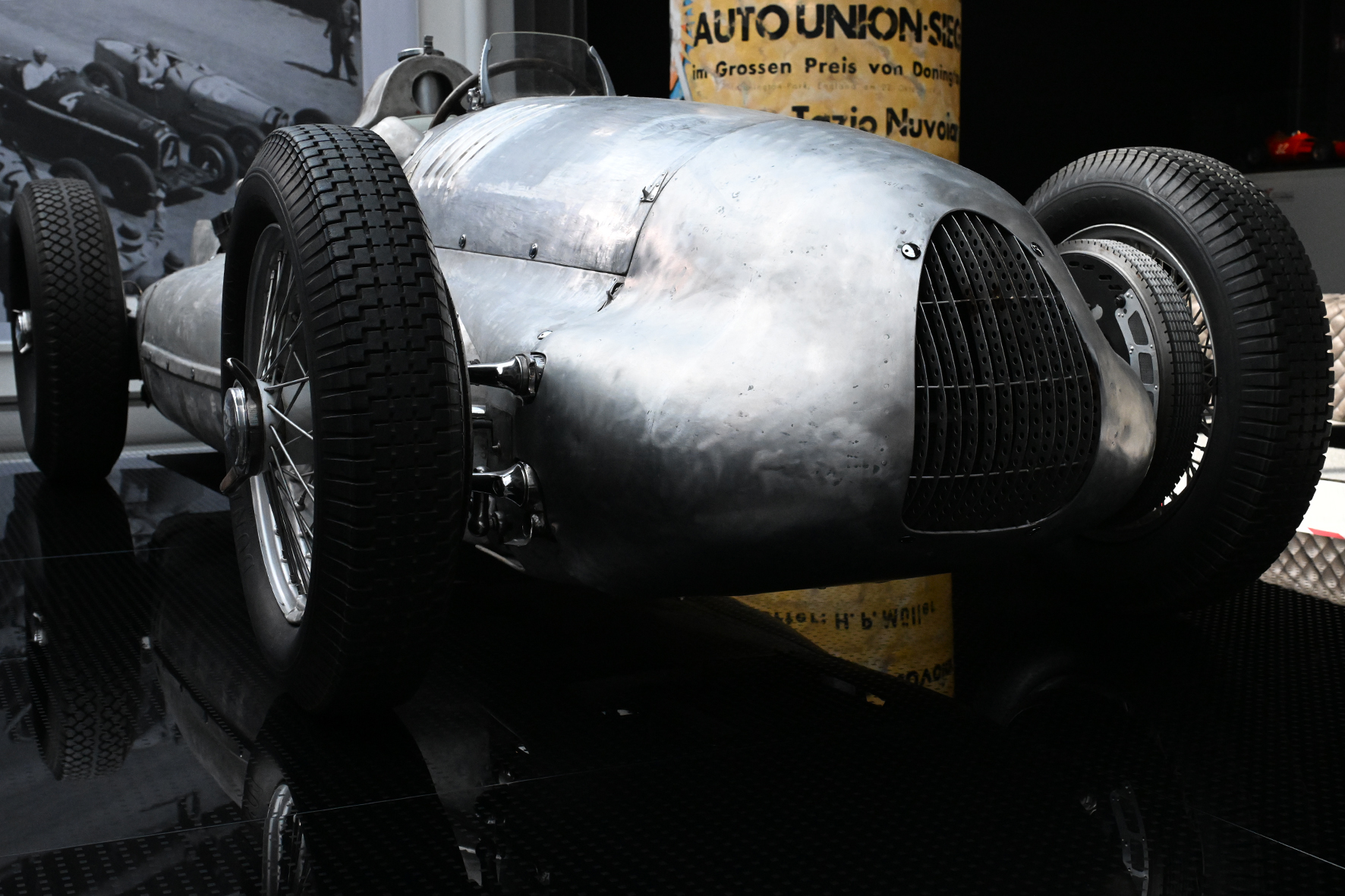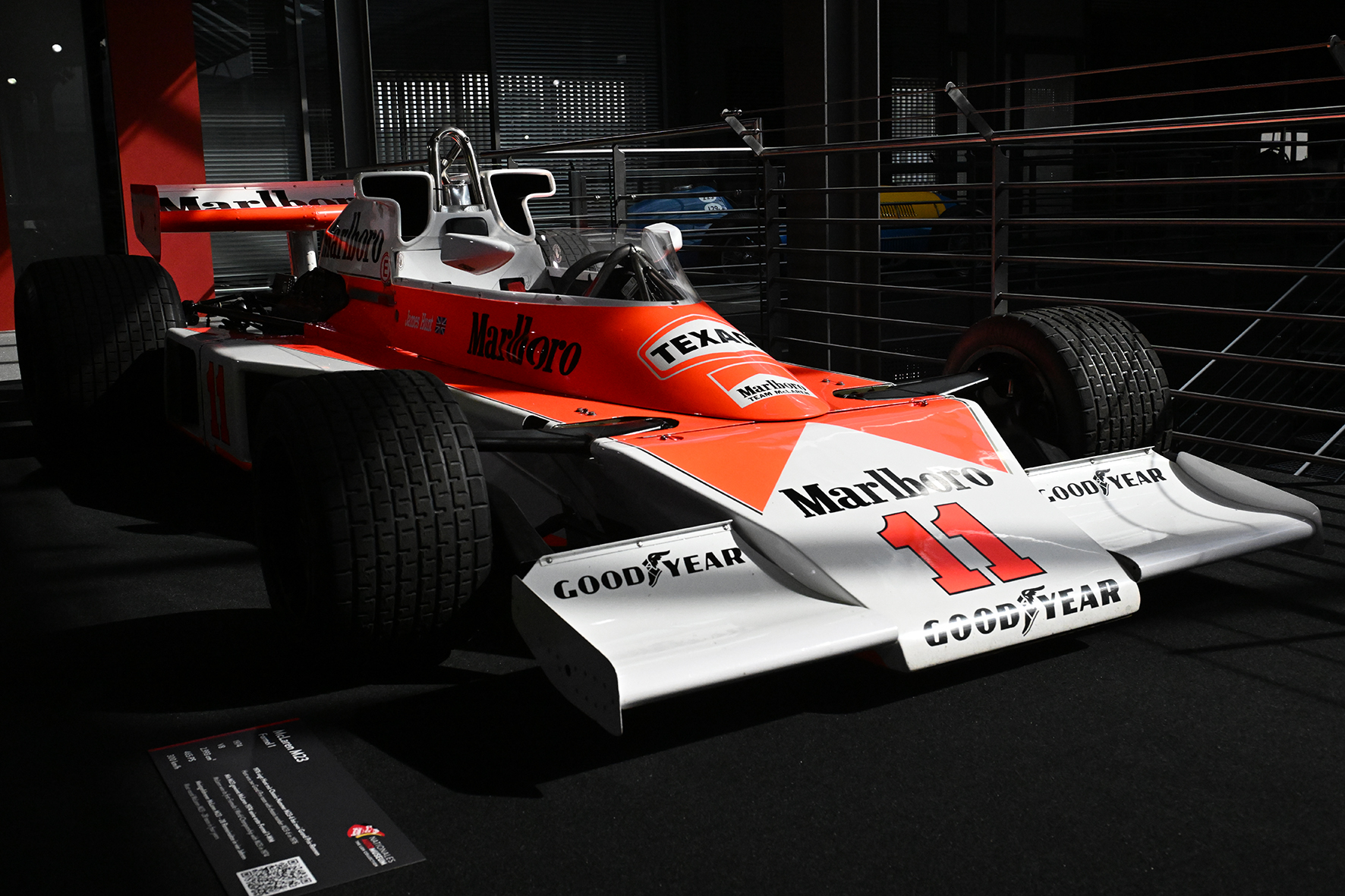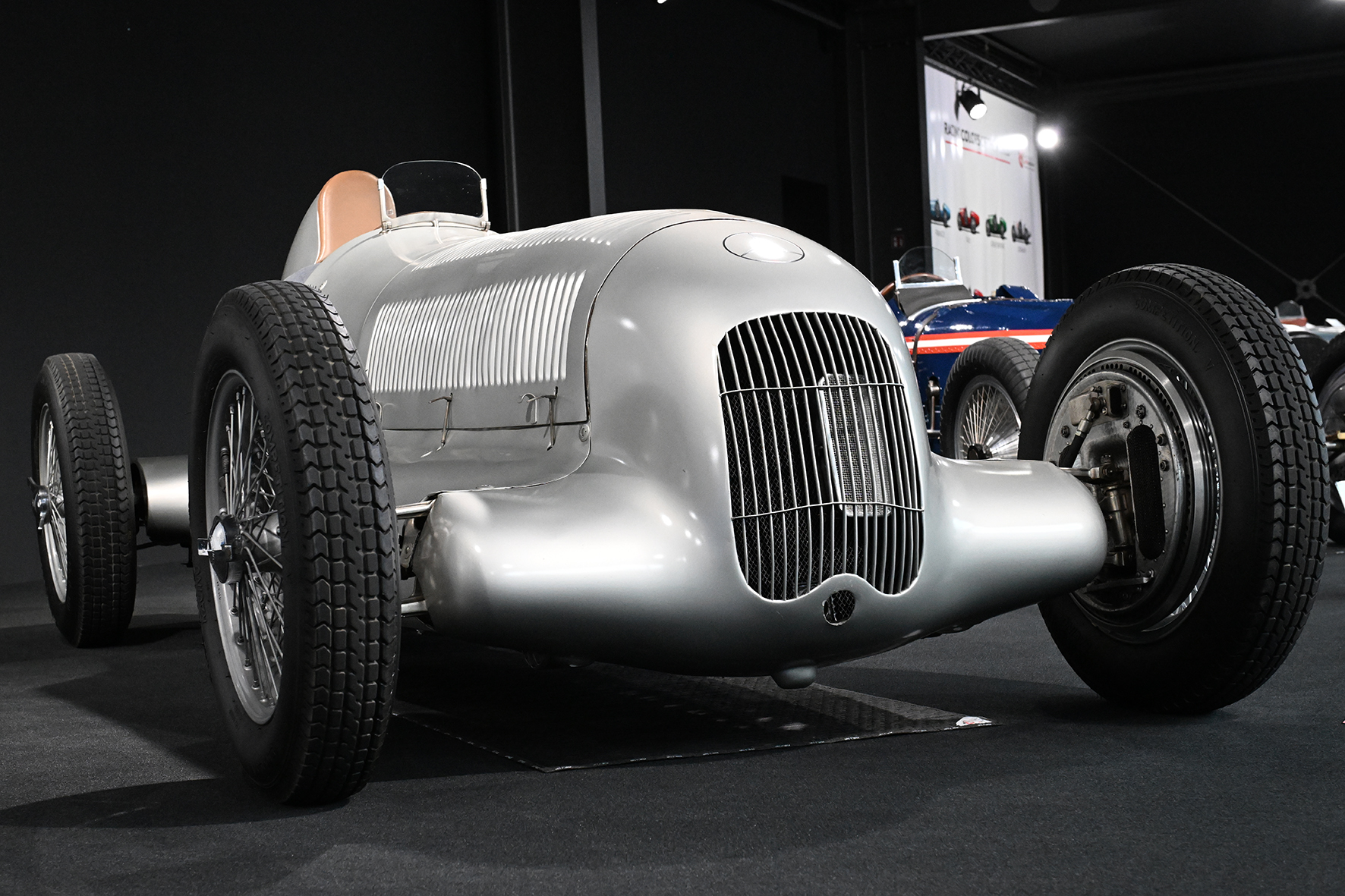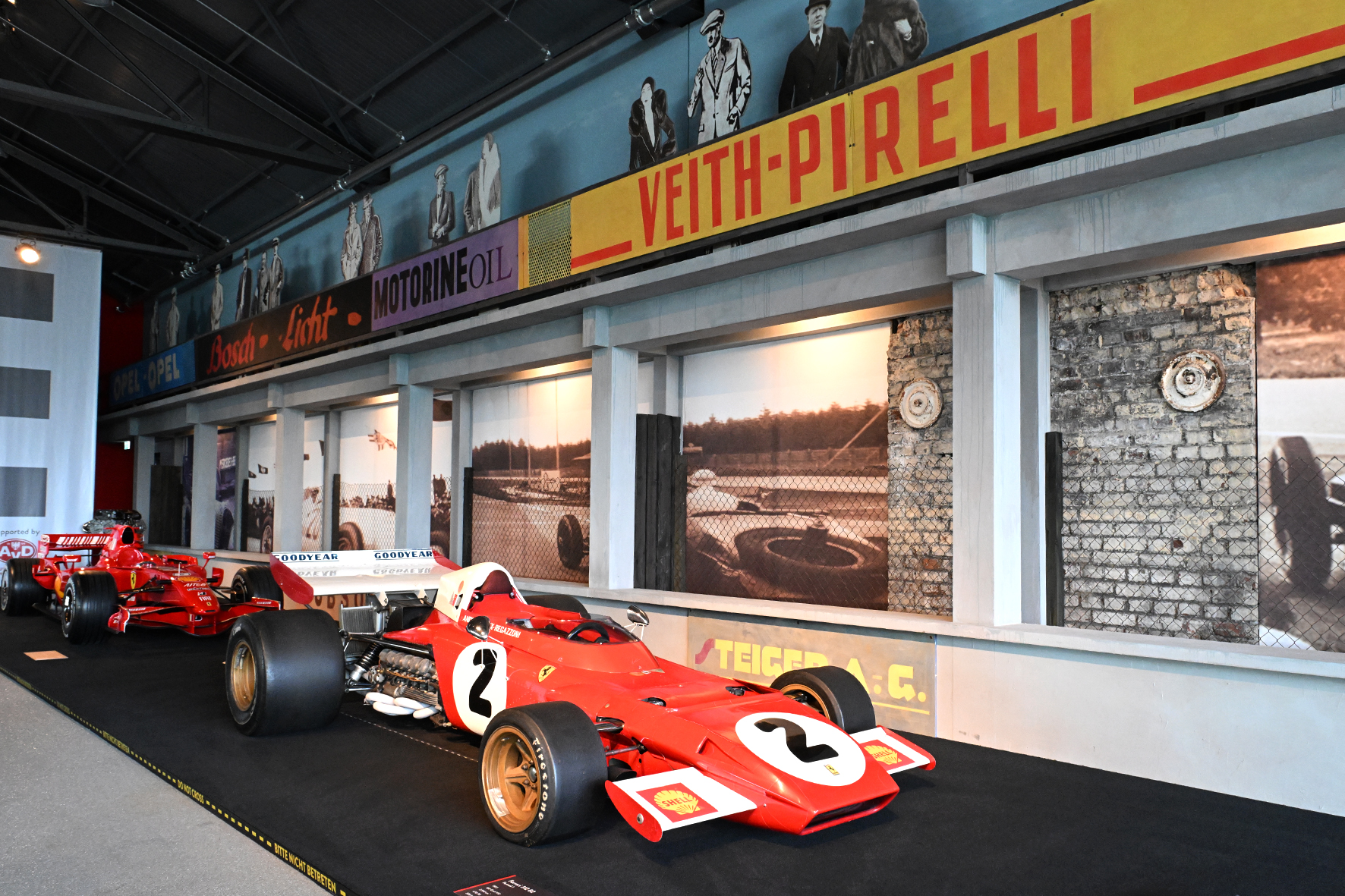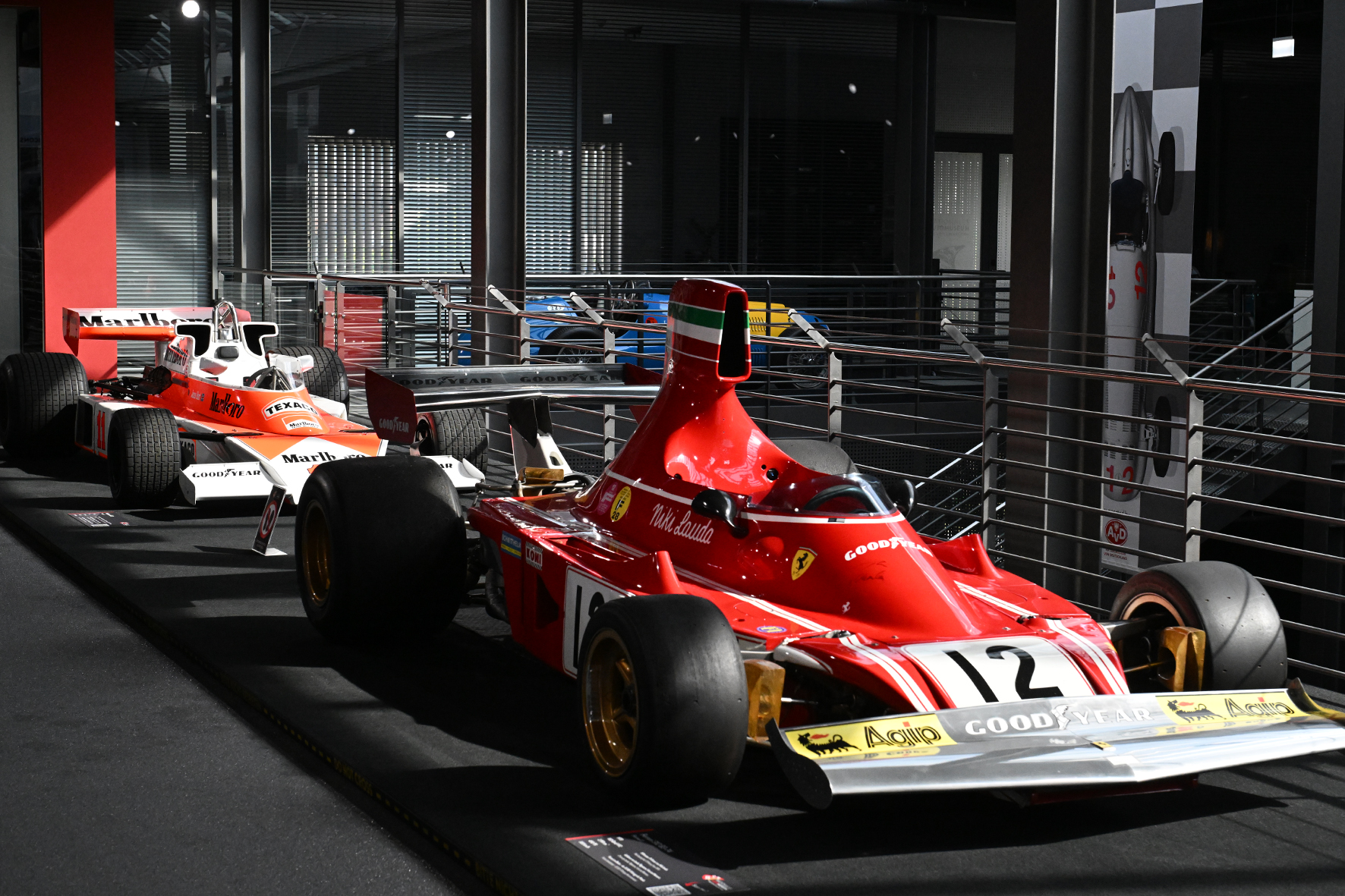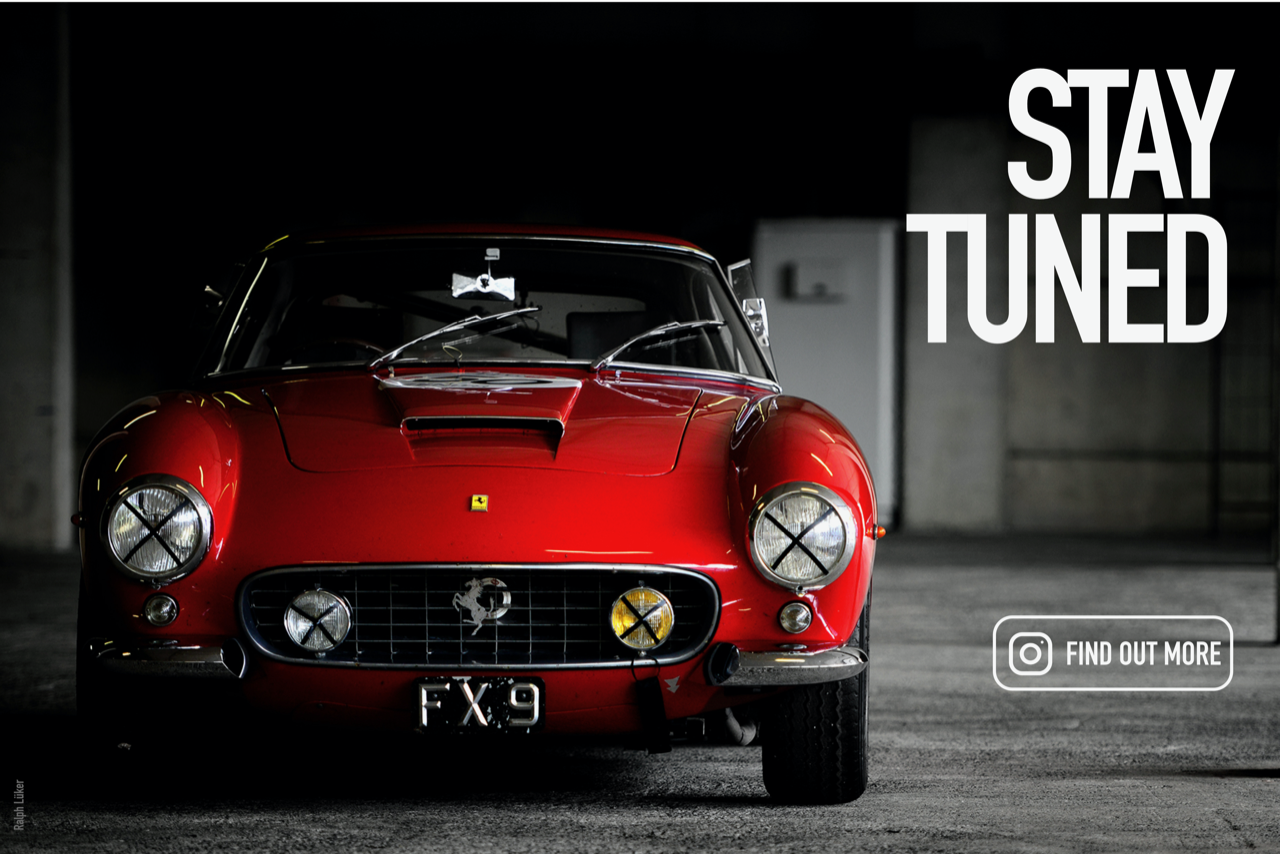The National Automobile Museum – The Loh Collection boasts an extraordinary collection of rare and famous automobiles spanning many decades. Visitors can marvel at both everyday vehicles and racing cars. The collection is lovingly presented in a permanent exhibition. The presentation in an old industrial building is rounded off by wonderful backdrops, including a small cinema and a repair workshop. Both are built in the style of the 1920s, inspired by the Art Deco era.
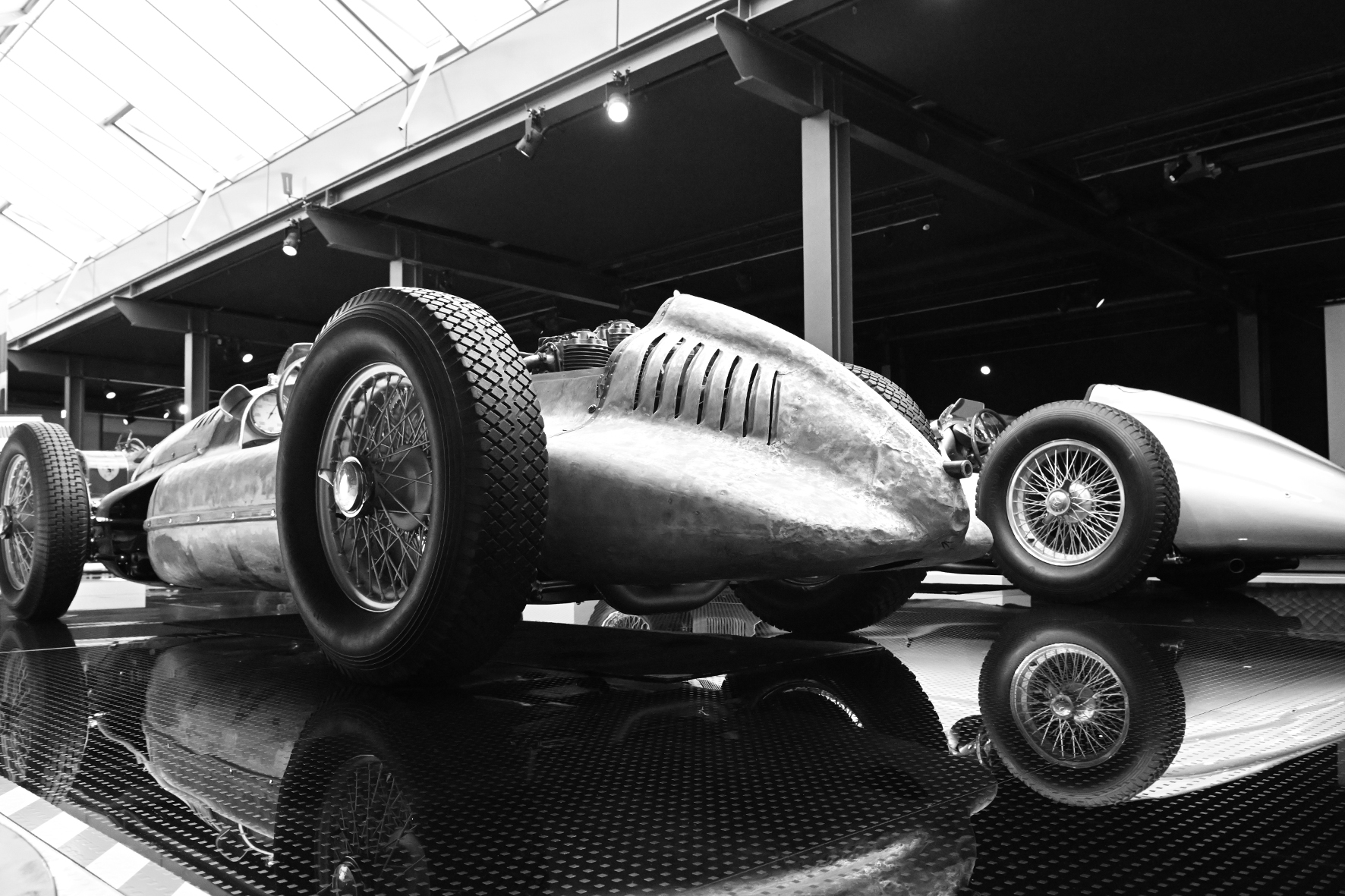
For the third time, there is also a special exhibition on the upper floor. Following on from the Le Mans legends and Ferrari masterpieces for the road and racetrack, the focus is now on Grand Prix and Formula 1 racing cars – icons of the premier class.
As always, the exhibition has been lovingly curated and presented. It shows a cross-section of 120 years of Grand Prix racing. Formula 1 only became a Grand Prix sport in 1950 with the staging of the first Drivers’ World Championship.
Henry Ford is said to have remarked, ‘Ten minutes after the invention of the automobile, the first races were agreed upon.’ So it is not surprising that the oldest exhibit is a Napier racing car from 1901. It is considered one of the first specially built racing cars.
The most recent exhibit is the Mercedes-AMG F1 W10 EQ Power from 2019. If you were to place these two racing cars side by side, you would be able to see the entire history and all the advances that have been made, particularly in terms of aerodynamics, but also in terms of safety. Ultimately, however, these are vehicles with four wheels and a steering wheel that have only one purpose – to be fast and reliable. That’s what they have in common.
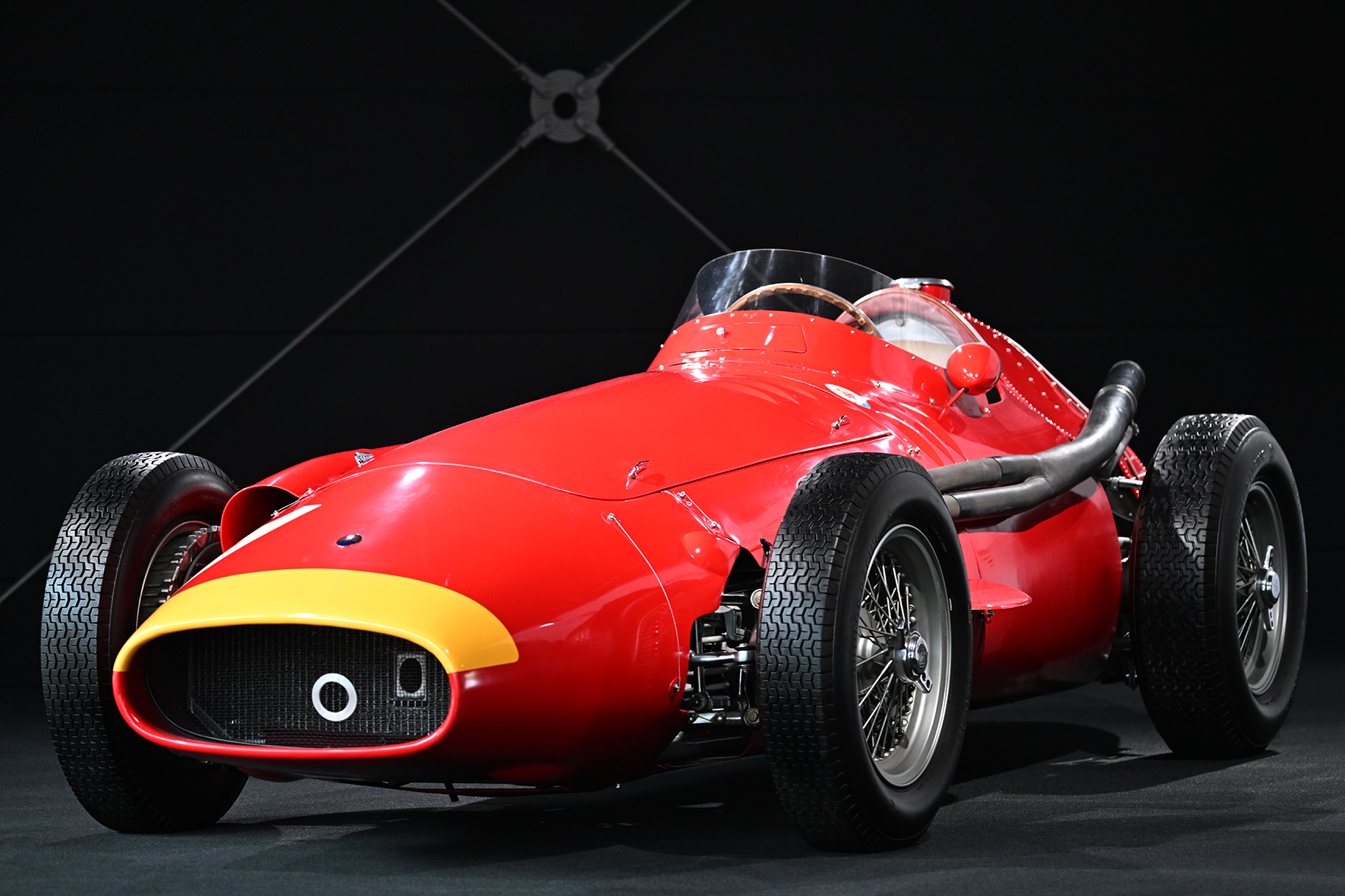
All the racing cars in this special exhibition at the National Automobile Museum serve only this purpose: to cover a certain distance as quickly as possible and be the first to cross the finish line. The approach is very different for all these icons, partly due to the times or technical regulations, and partly thanks to the ingenuity of the designers.
Of course, the legendary Silver Arrows cannot be left out. Two Mercedes racing cars and one Auto Union are featured in the exhibition. In addition, a rolling chassis of the 196 can be admired. It offers a completely unobstructed view of the technology that is otherwise hidden by the beautiful bodywork. Mercedes is represented by the W25 and W154 as well as the fully faired W196R. The Auto Union Type D is the ‘last of its kind’ with a history that is as exciting as it is cinematic. This can be read about in the accompanying book to the exhibition by Jörg Walz. Anyone who has visited the exhibition should definitely purchase this book, as it contains detailed descriptions of all the vehicles.
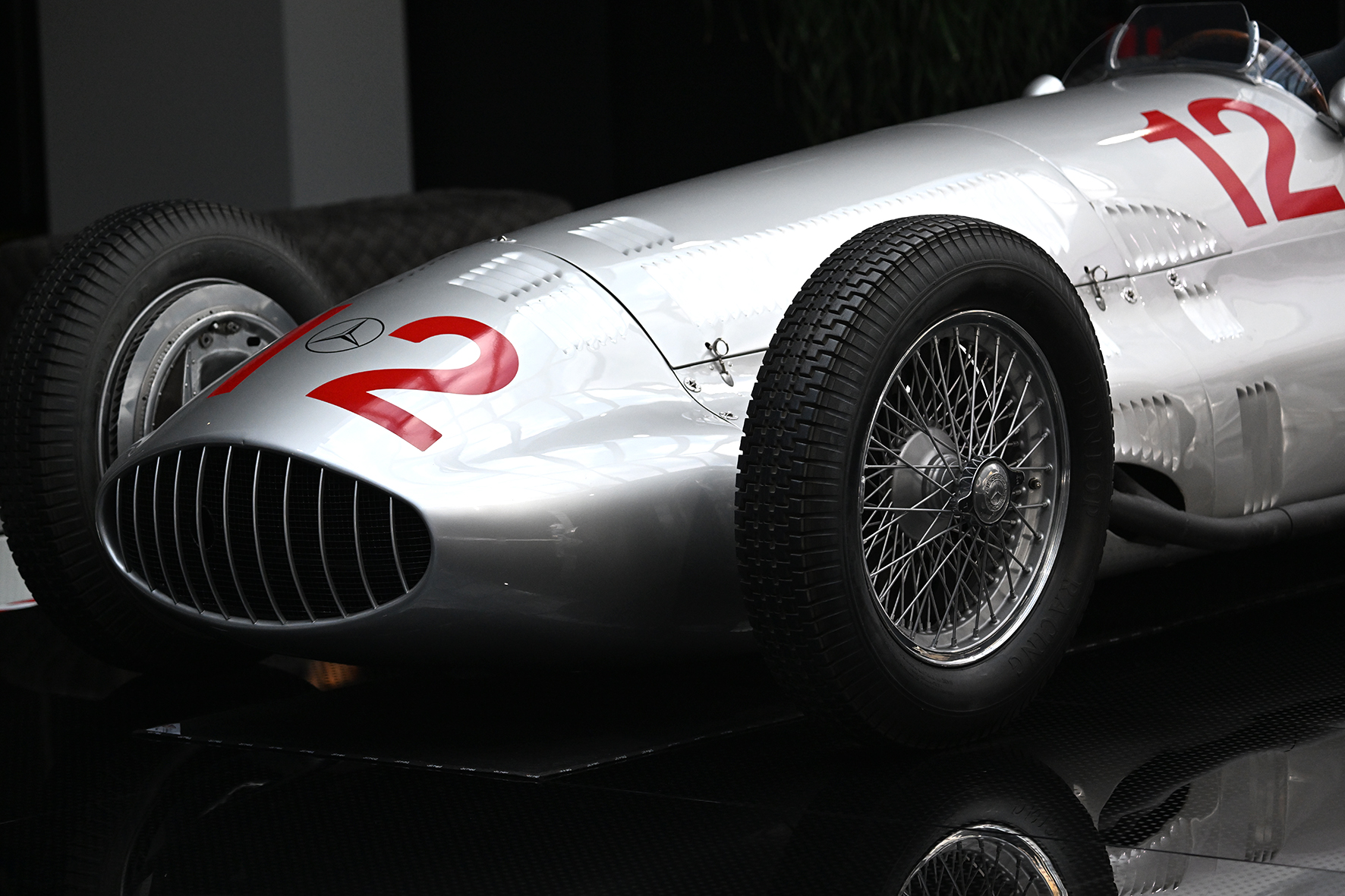
A large proportion of the Grand Prix icons are, of course, red. First and foremost is the legendary Maserati 250F, which I still consider to be the most beautiful Formula 1 car of the 1950s. It is the most-built Formula 1 racing car of all time, with over thirty vehicles constructed. The Maserati 250F’s career is marked by countless successes. With the 250F on display here, Juan Manuel Fangio won his fifth world championship title and perhaps the greatest race of his life, the German Grand Prix at the Nürburgring in 1957. In this race, he defeated the two leading Ferraris of Mike Hawthorn and Peter Collins in a breathtaking comeback after falling far behind.
The other ‘reds’ are Ferraris. A 1964 Type 1512 F1 in the classic ‘cigar shape’, a 1972/73 312 B2 in the wedge shape typical of the time, a 312 B3-74, Niki Lauda’s first ‘company car’, an F2004, the red goddess, with which Michael Schumacher won his seventh world championship title, and an F2007 with which Kimi Räikkönen won his only world championship title, which is also the last one for Ferrari for the time being.
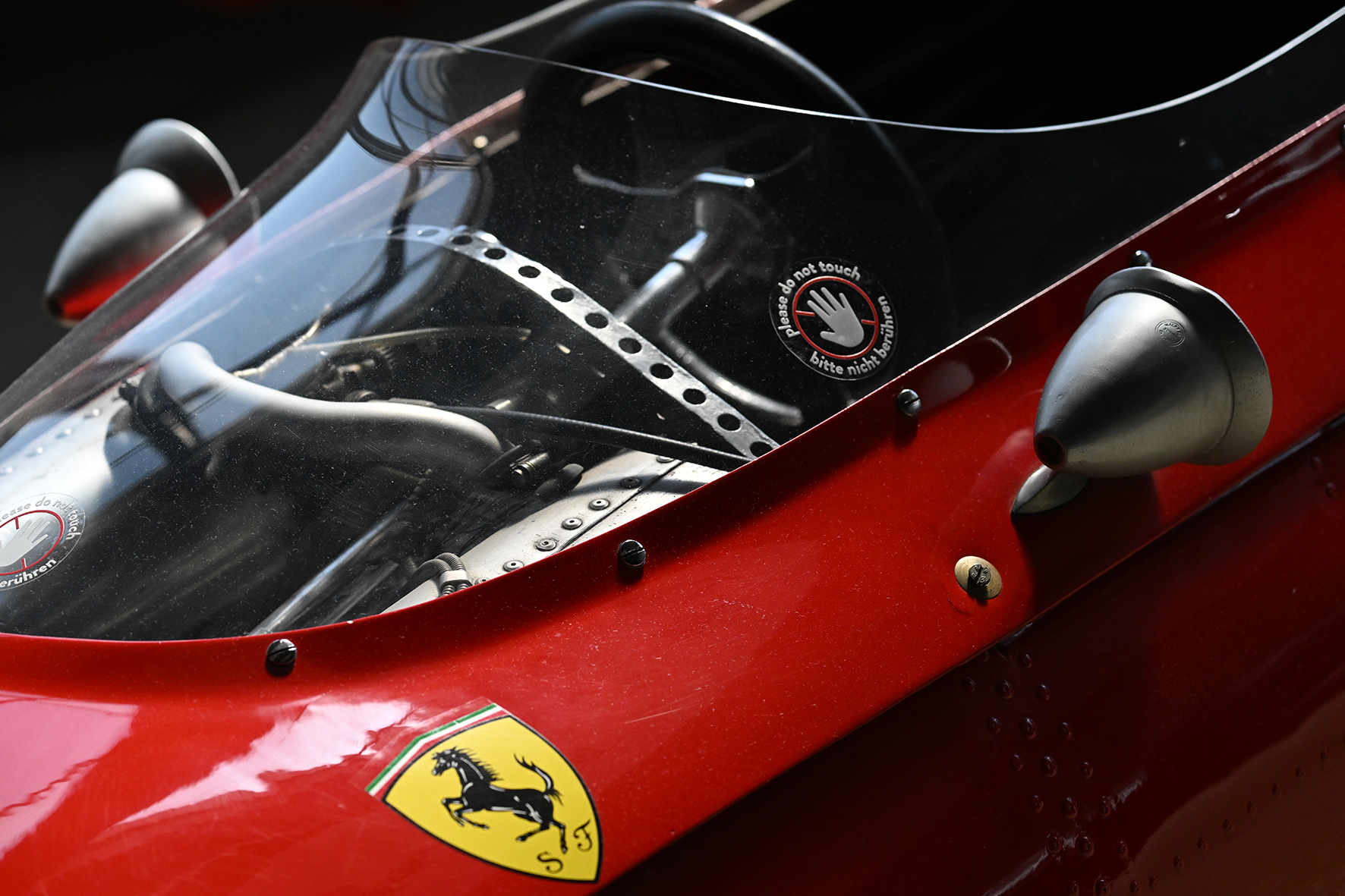
An icon of Grand Prix racing, which is also featured on the poster, is the 1989 McLaren MP4/5 driven by the ‘greatest of all time’ – Ayrton Senna. Its iconic appearance is characterised by clean, simple lines, the red and white Marlboro livery and the truly large rear wing.
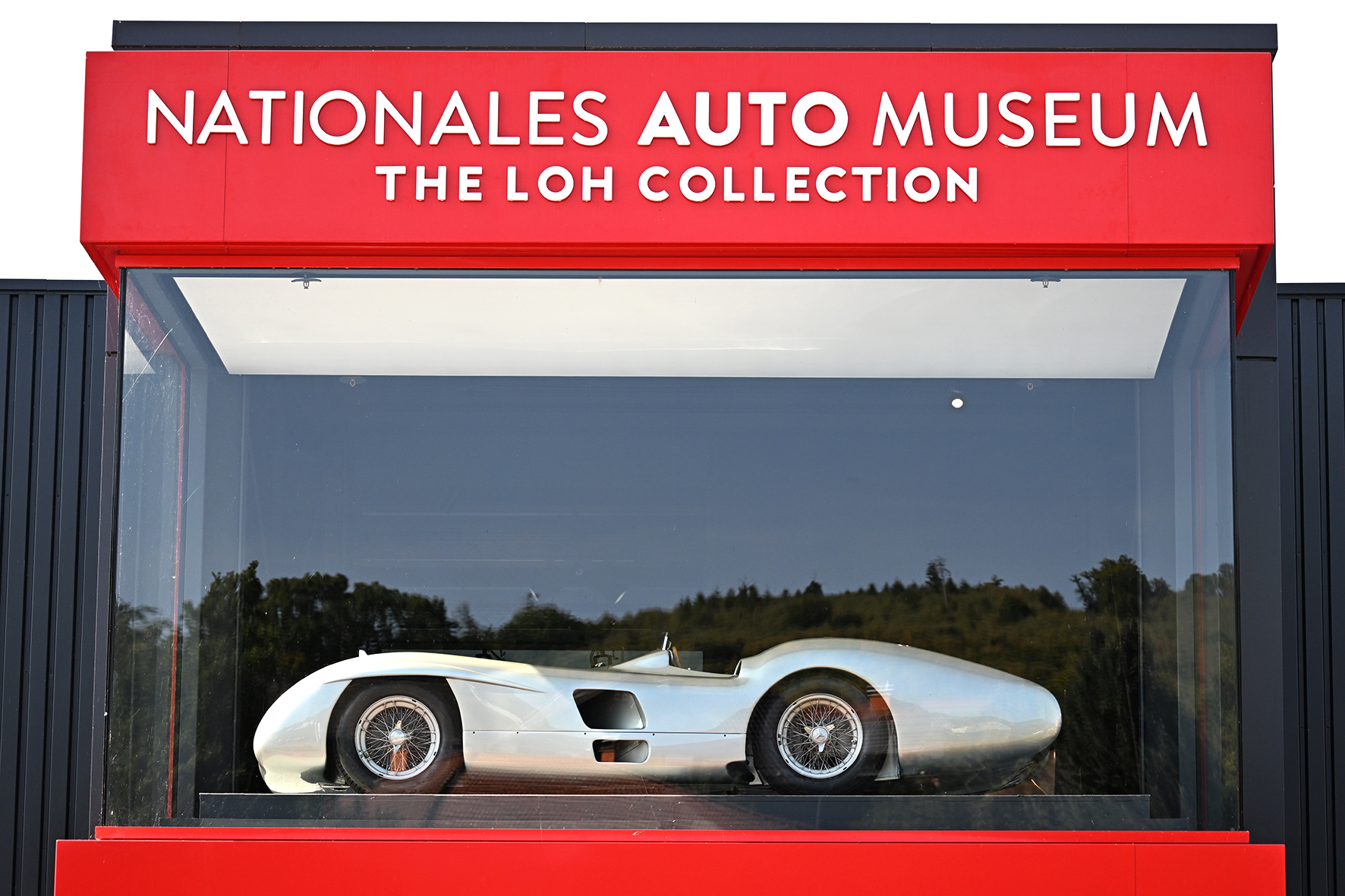 There isn’t enough space here to describe every racing car in detail; for that, the book would be the best choice. But I think the pictures give a nice overview, although a few surprises should still be reserved for a personal visit. Don’t miss this unique exhibition.
There isn’t enough space here to describe every racing car in detail; for that, the book would be the best choice. But I think the pictures give a nice overview, although a few surprises should still be reserved for a personal visit. Don’t miss this unique exhibition.
You can find all the facts about your visit there on the website of the National Automobile Museum – The Loh Collection.
